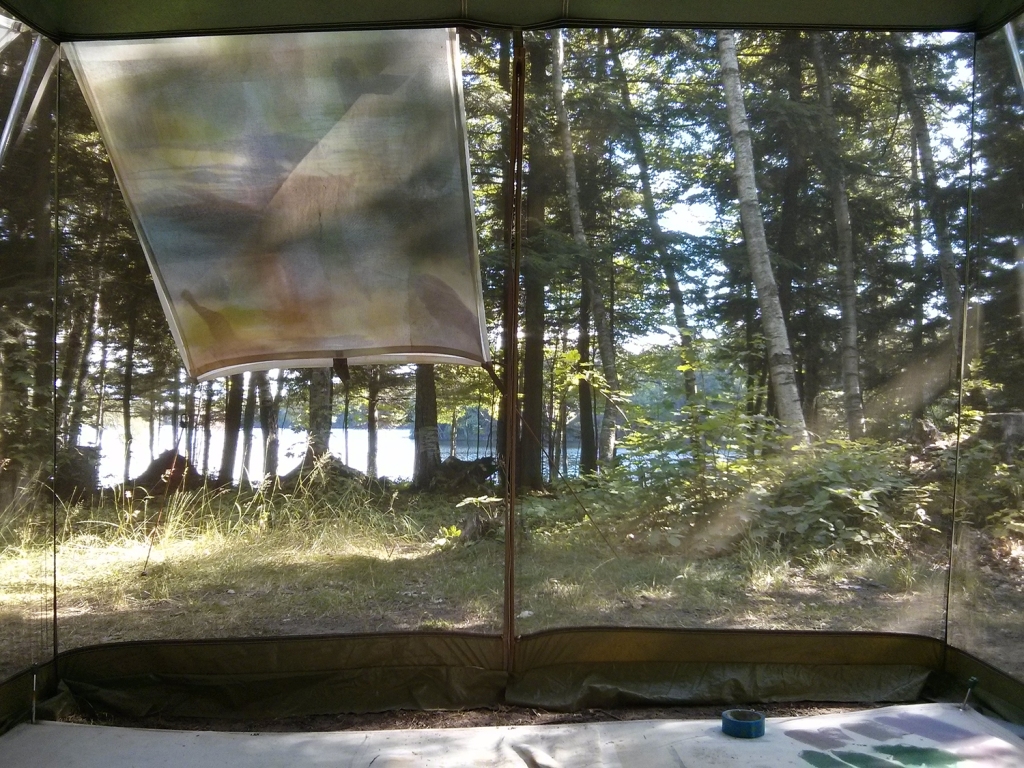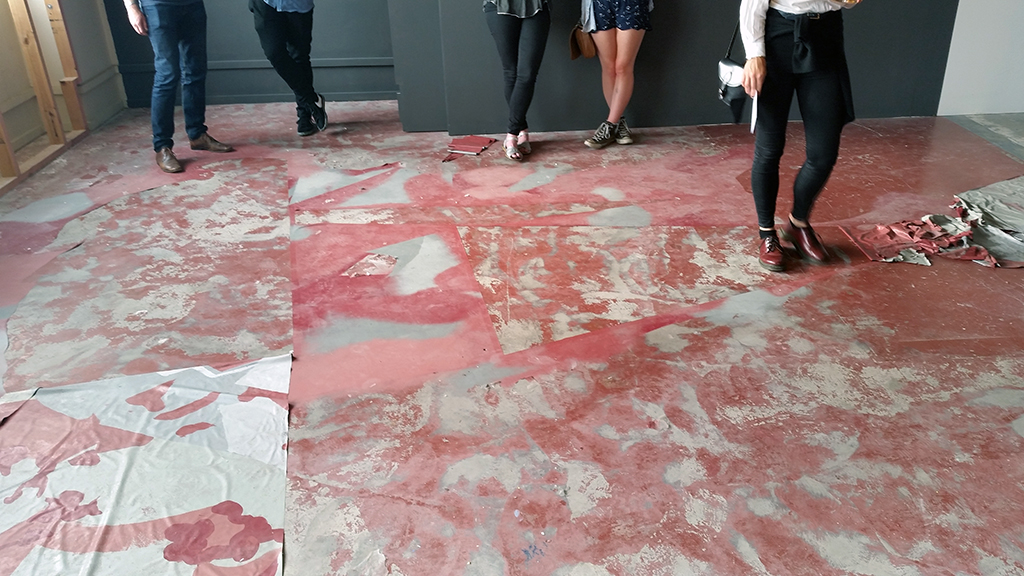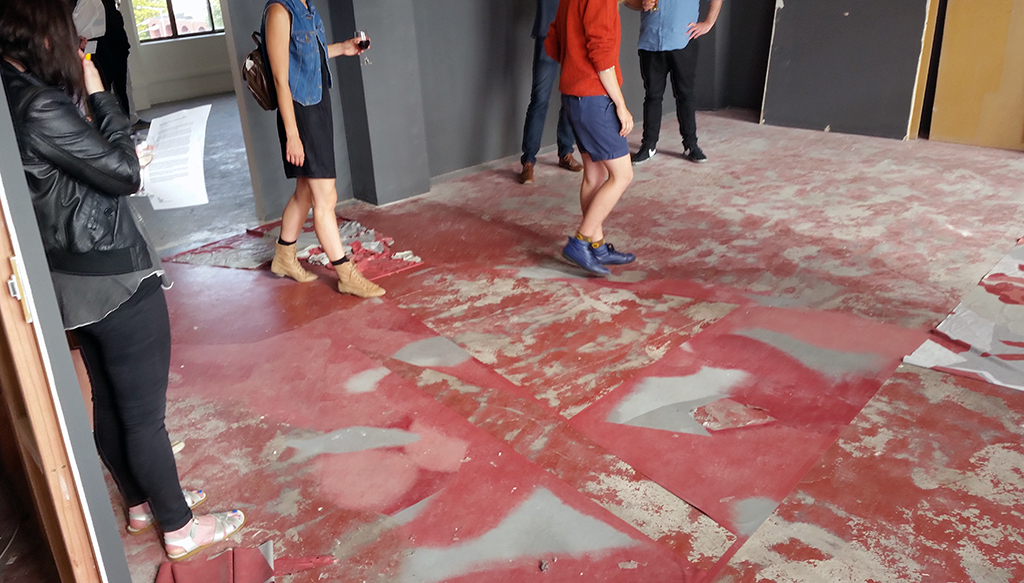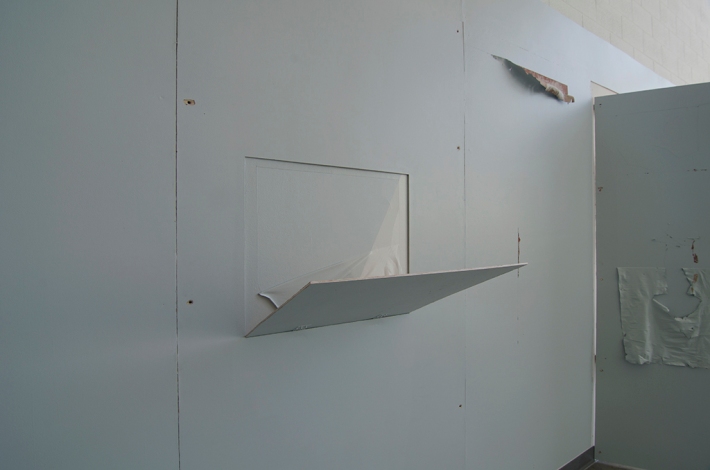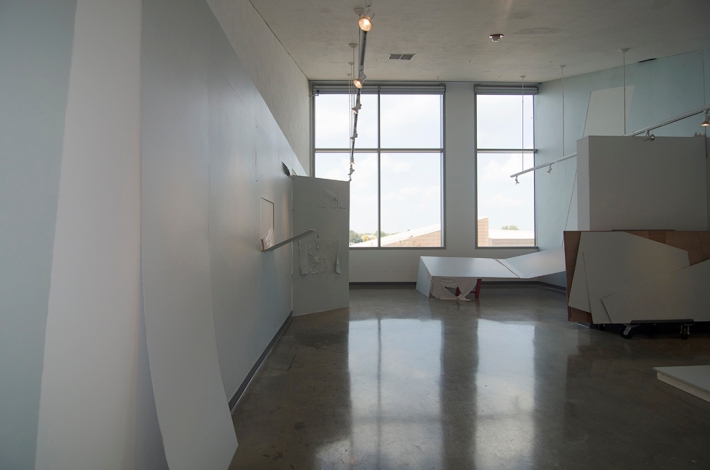Untitled, 2017, seawater, cellulose, and calcite
Materiality of the Invisible, Marres, Maastricht
These works are biofacts and biofictions that arguably refuse to become artifacts. They are made using methyl-cellulose powder, coccolithophore skeletons (in the form of calcite pigment), and seawater from the Zeeland coast (that possibly includes some live coccolithophores at the time to collecting it, for the sake of biofiction we can say it does).
On the gallery floor there is a puddle, or self-contained flood, within the existing Corey McCorkle circle. The circle is used as a template for producing circles of drying/dried methylcellulose film. Once a month a new sheet is poured and peeled from the floor and adhered to the umbrella structure in the garden outside the gallery space.
The methylcellulose is made using seawater. As each circle is poured, and as it dries, the flows mix the calcite pigment, carried in variable ways around the circle. When dry, the areas that contain calcite are translucent to opaque, and grow crystals from the reaction between seawater and calcite. The resulting umbrella skin filters light in subtle ways.
Depending on humidity and weather conditions, the cellulose umbrella changes over time, if it rains heavily, it is possible that it disappears within hours of installation. As each new circle of film becomes available it will layer over the one before, possibility accumulating over time. But more likely, not.

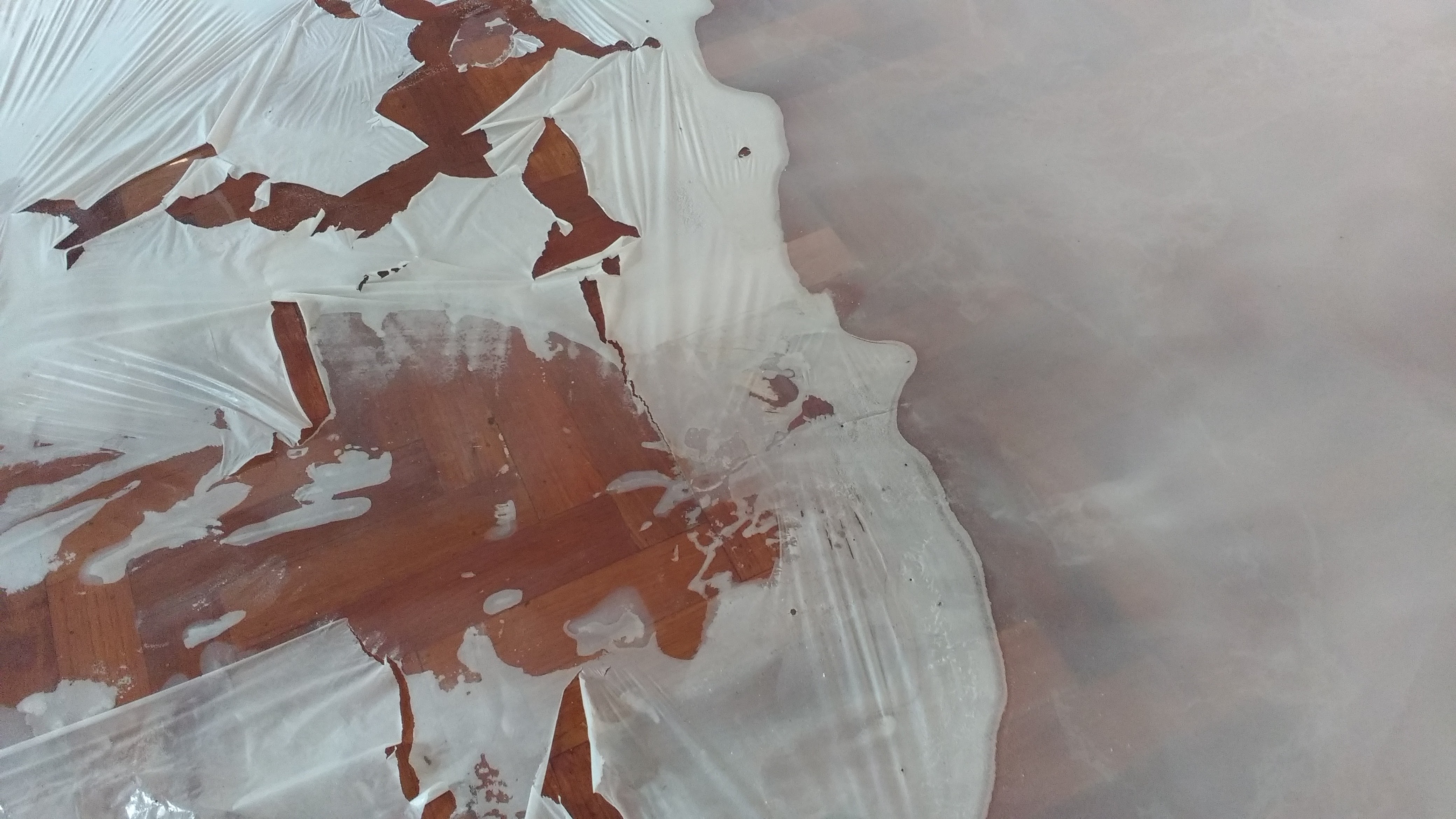


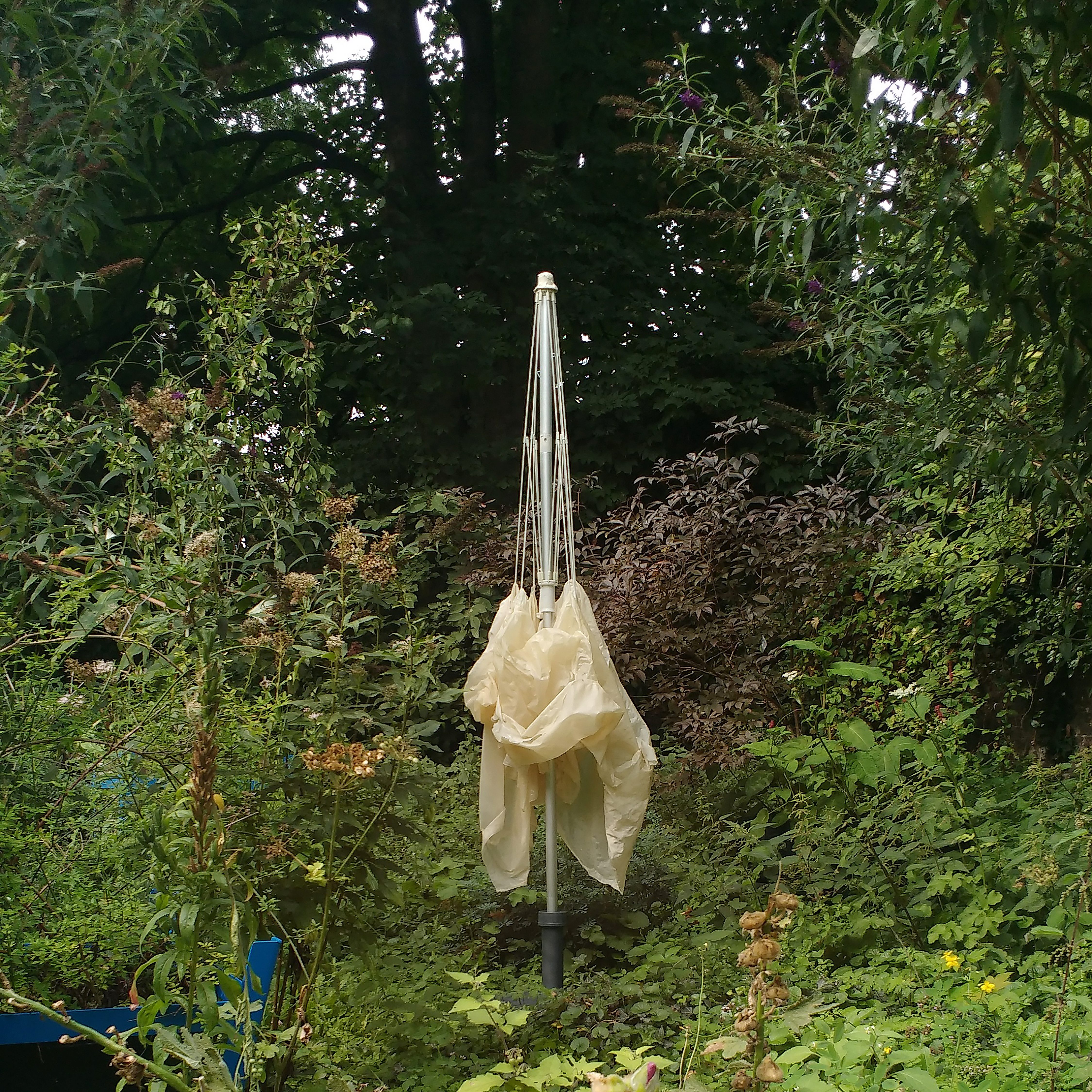

Below: the prototype umbrella was included as part of That Might Be Right’s summer session, Between the Sheets, 2017. https://www.thatmightberight.org/actions/between-the-sheets/
Golden ear sand bloom, seawater, cellulose, and calcite, June 2017
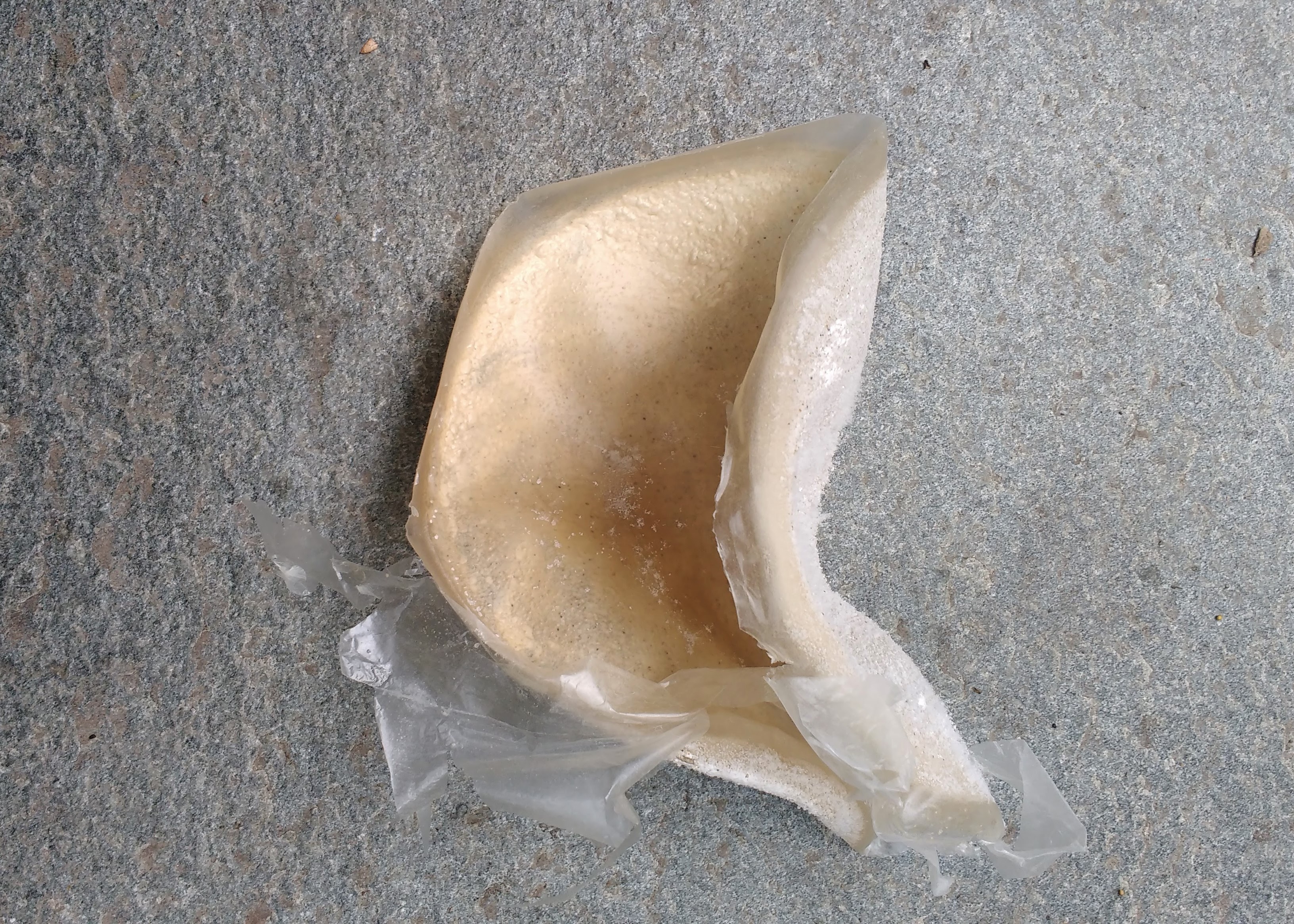

Non-Human Narratives, Jan van Eyck Academy
Untitled, 2017, seawater, edible cellulose, calcite, and chlorophyll

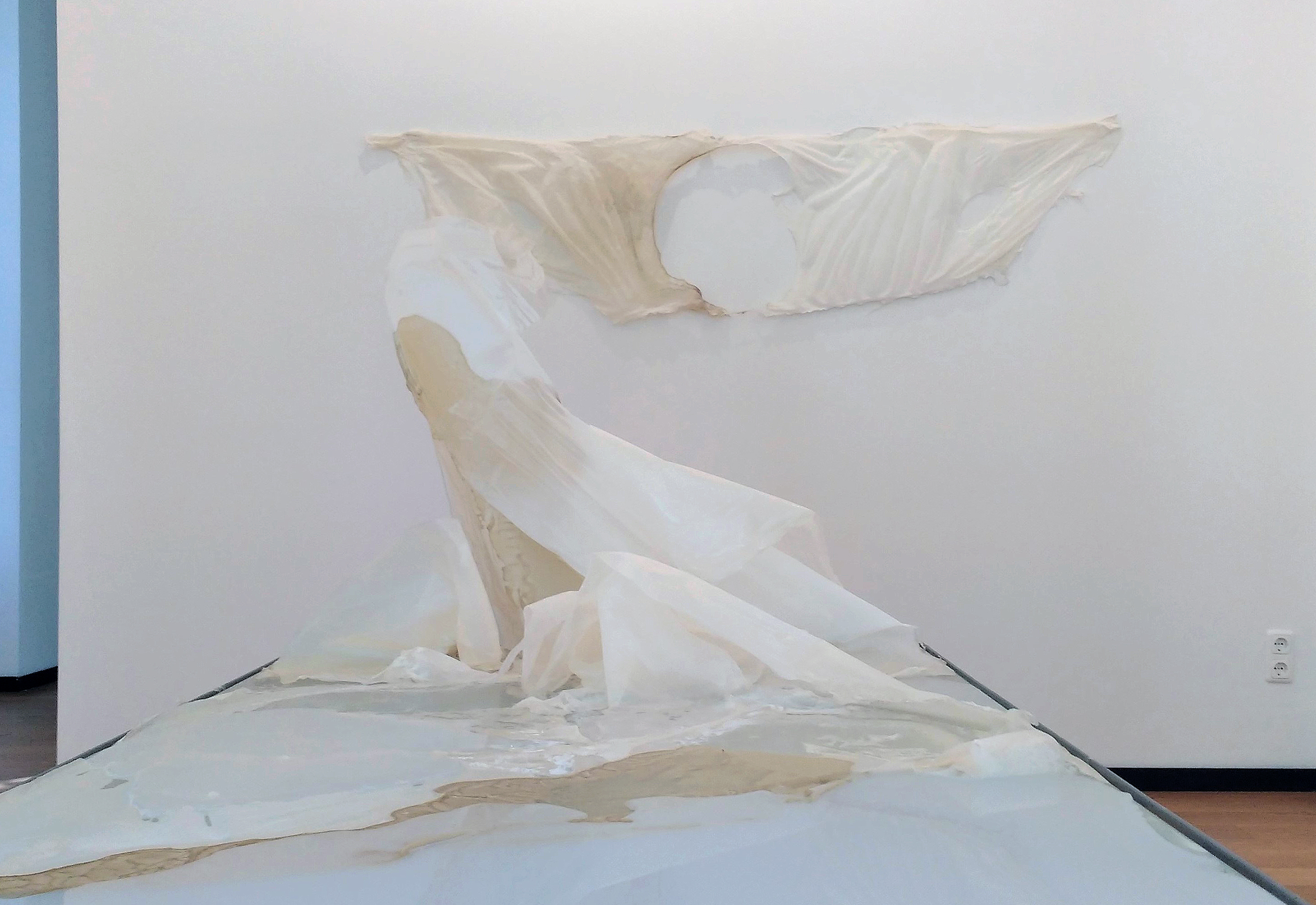
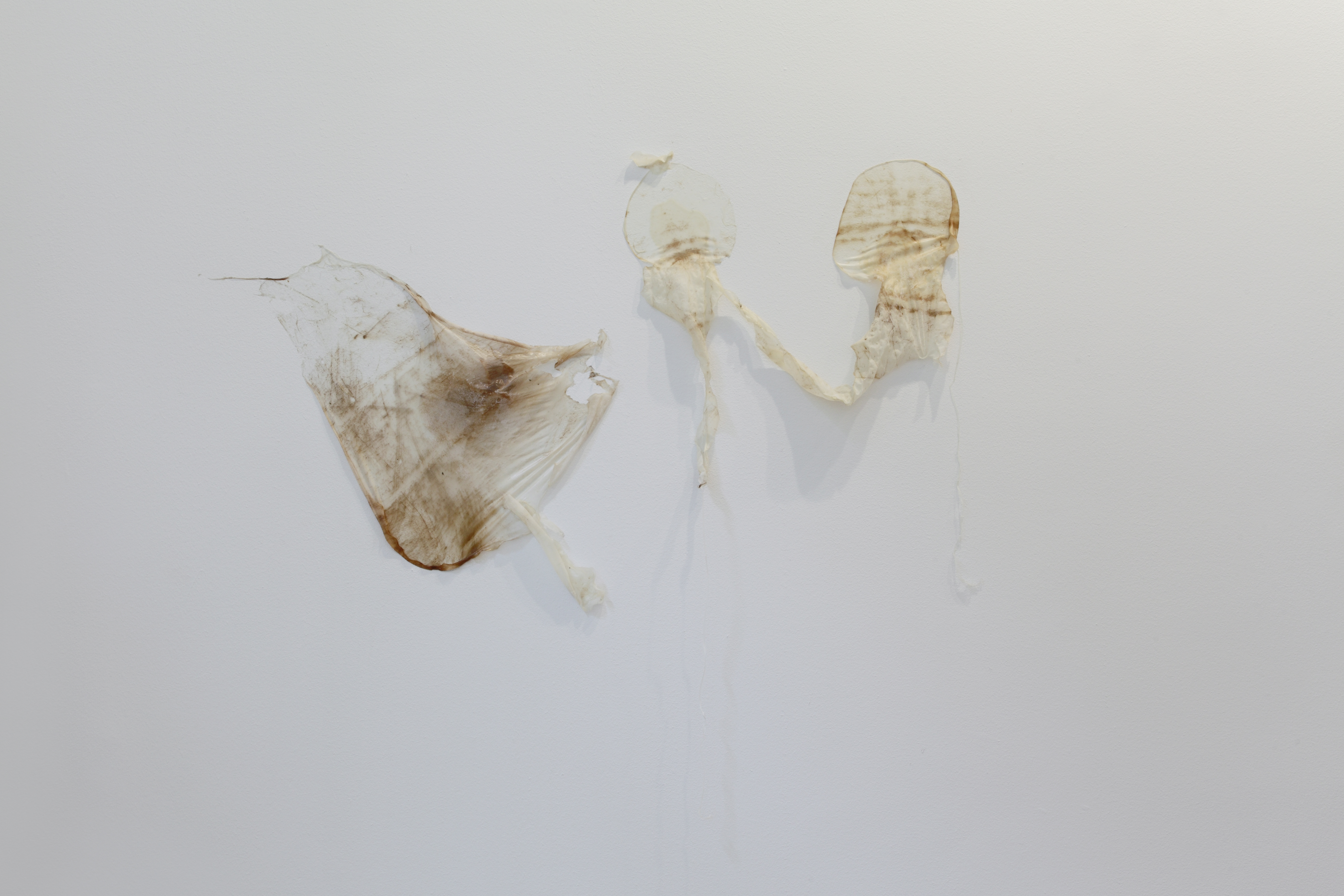


Untitled, methylcellulose and watercolour, April 2017

Medium and Medium (reconfigured), 2016-2017. Included in Jan van Eyck Academie Open Studios 2017
The title Medium (reconfigured), is used for the work made after rehydrating the ongoing work Medium. Water-soluble polymers allow for monomers and molecules to be reconfigured and recrystallised. The titles acknowledge the time-based qualities and figure and ground relationships within the artworks—in some ways, they are their own substrates. Their forms are human and more-than-human figurations and are influenced by reading around feminist phenomenology and feminist new materialism. I see this in reference to work of artists like Linda Benglis and Eva Hesse, whose practices are important to think about again now, within current discussions of materiality and subjectivity, beyond the confines of post-minimalist practice.


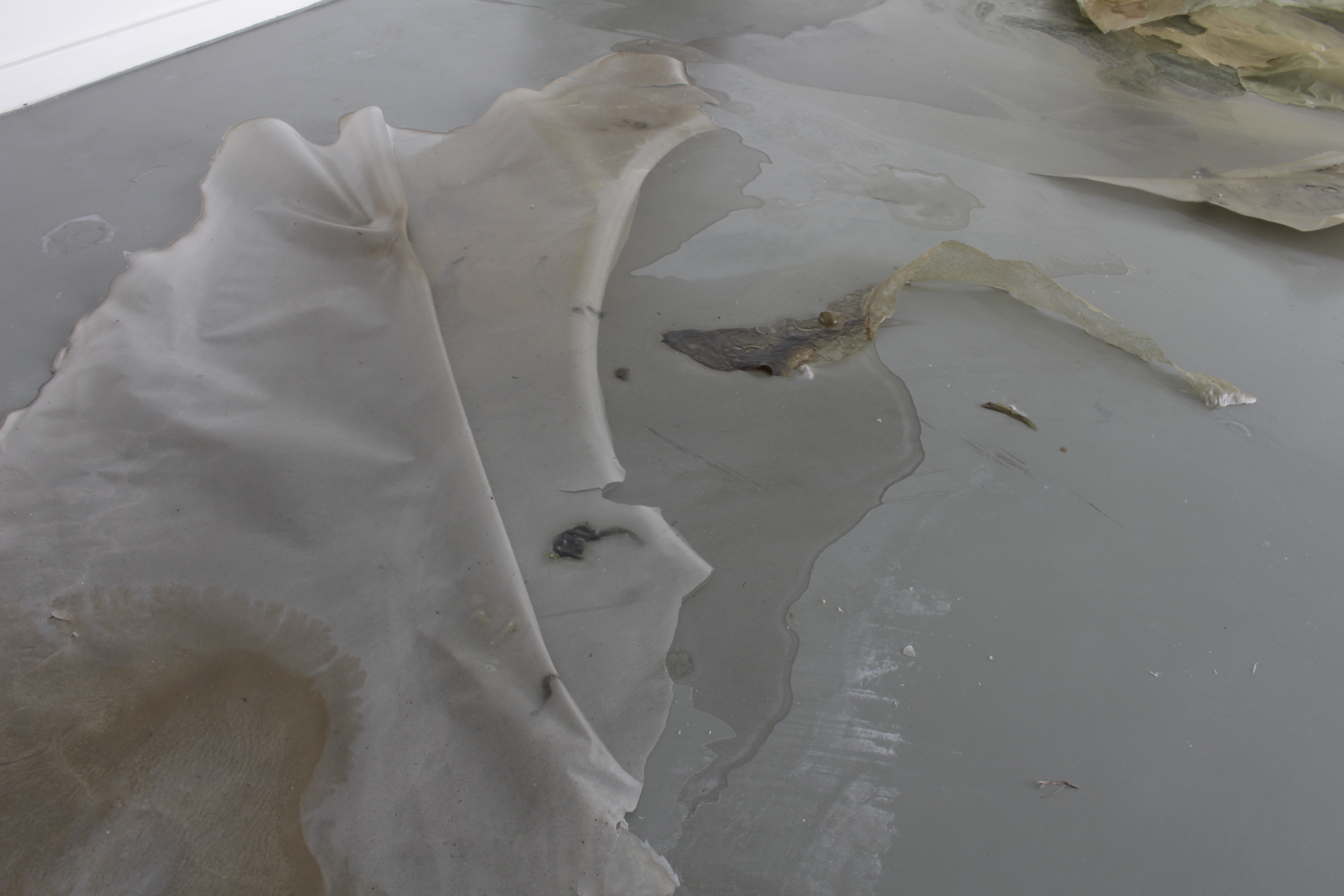


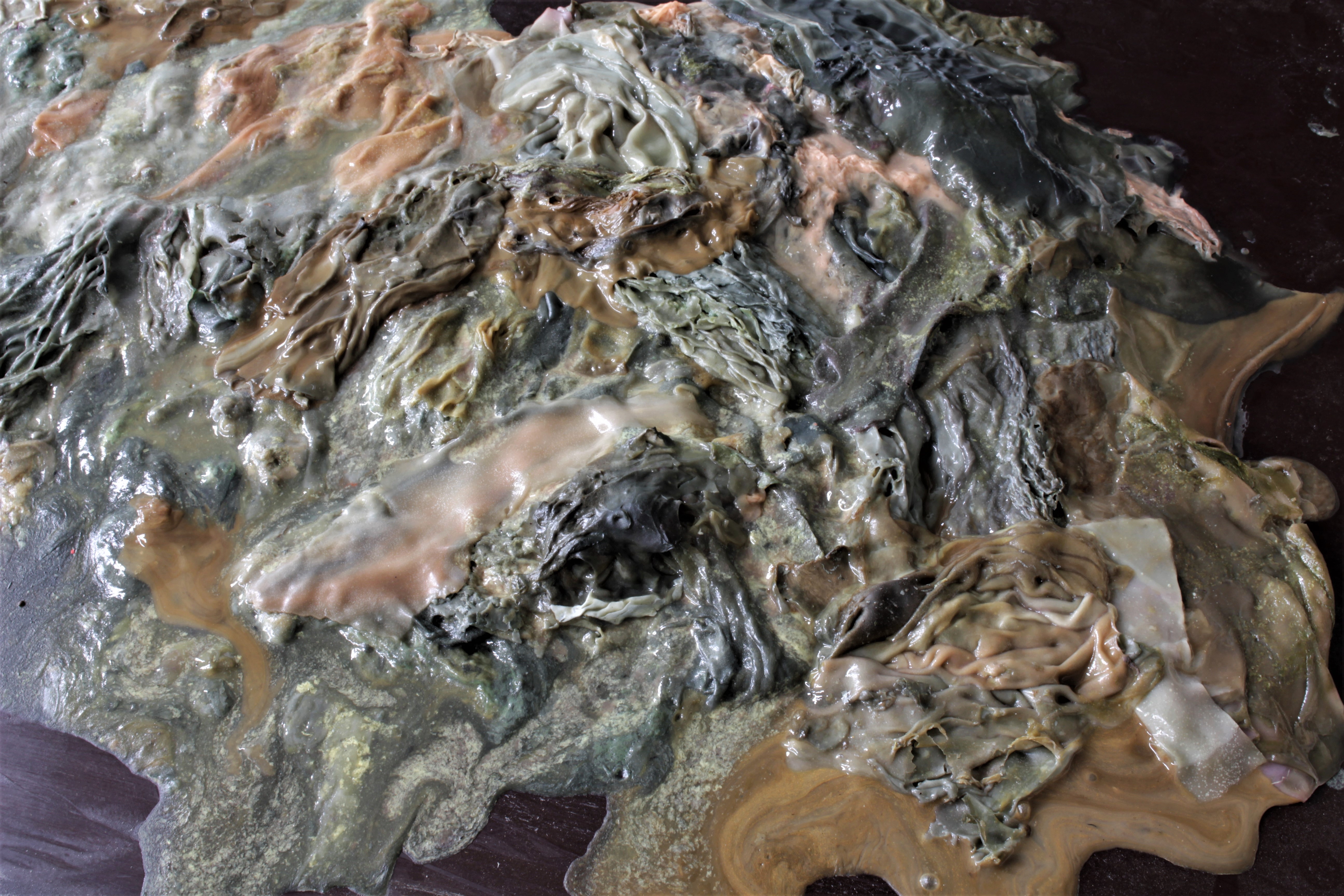
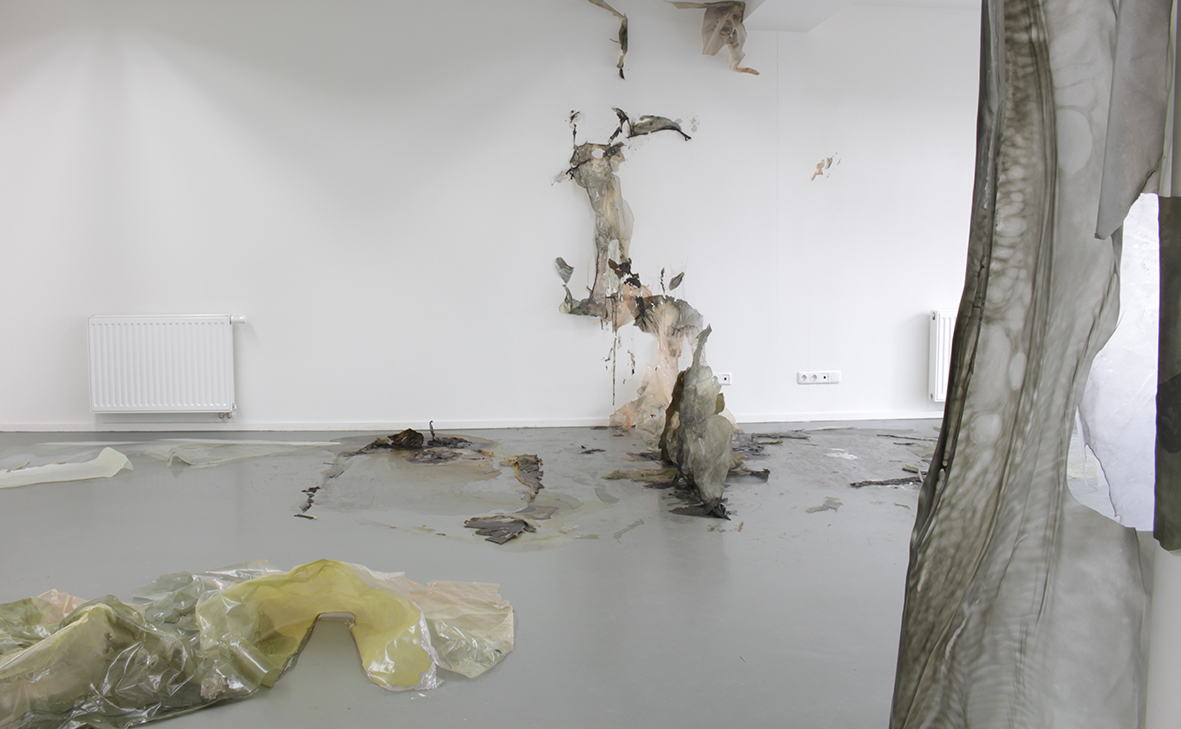

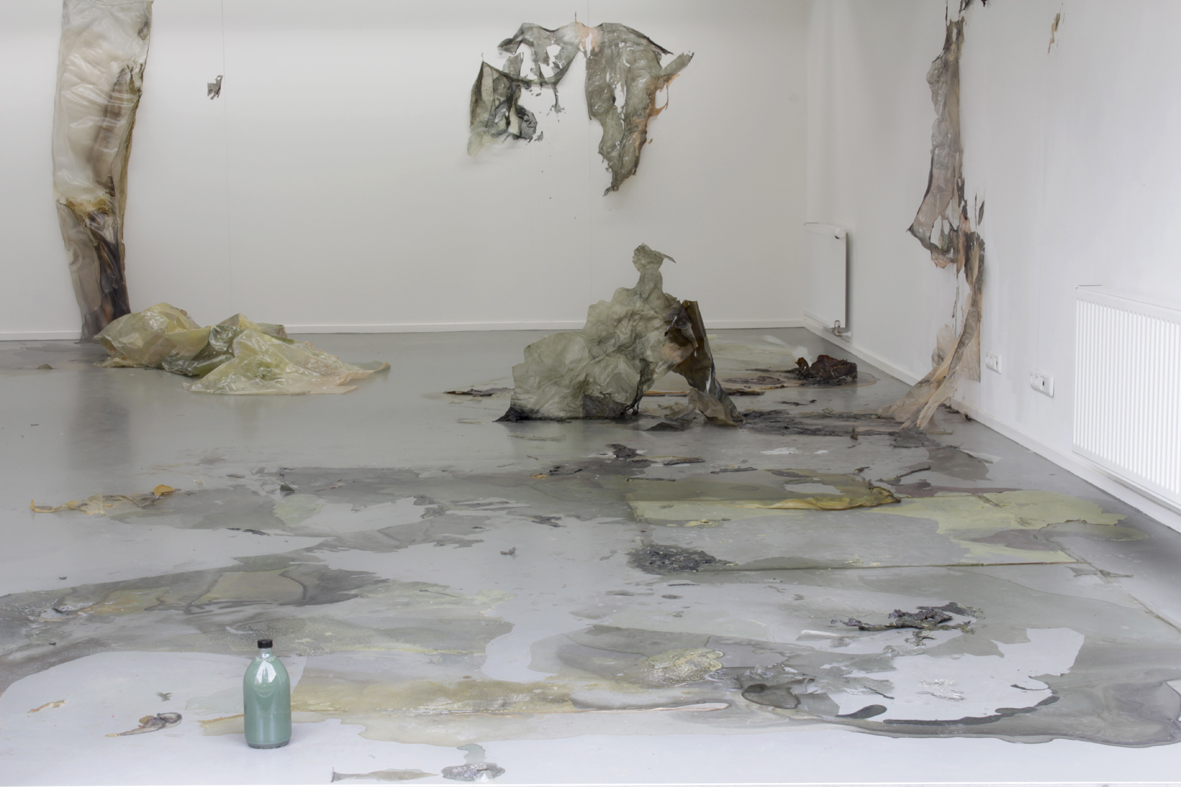
the bottle contains medium rehydrated from the floor



pyrite and bornite pigments in methylcellulose, March 2017
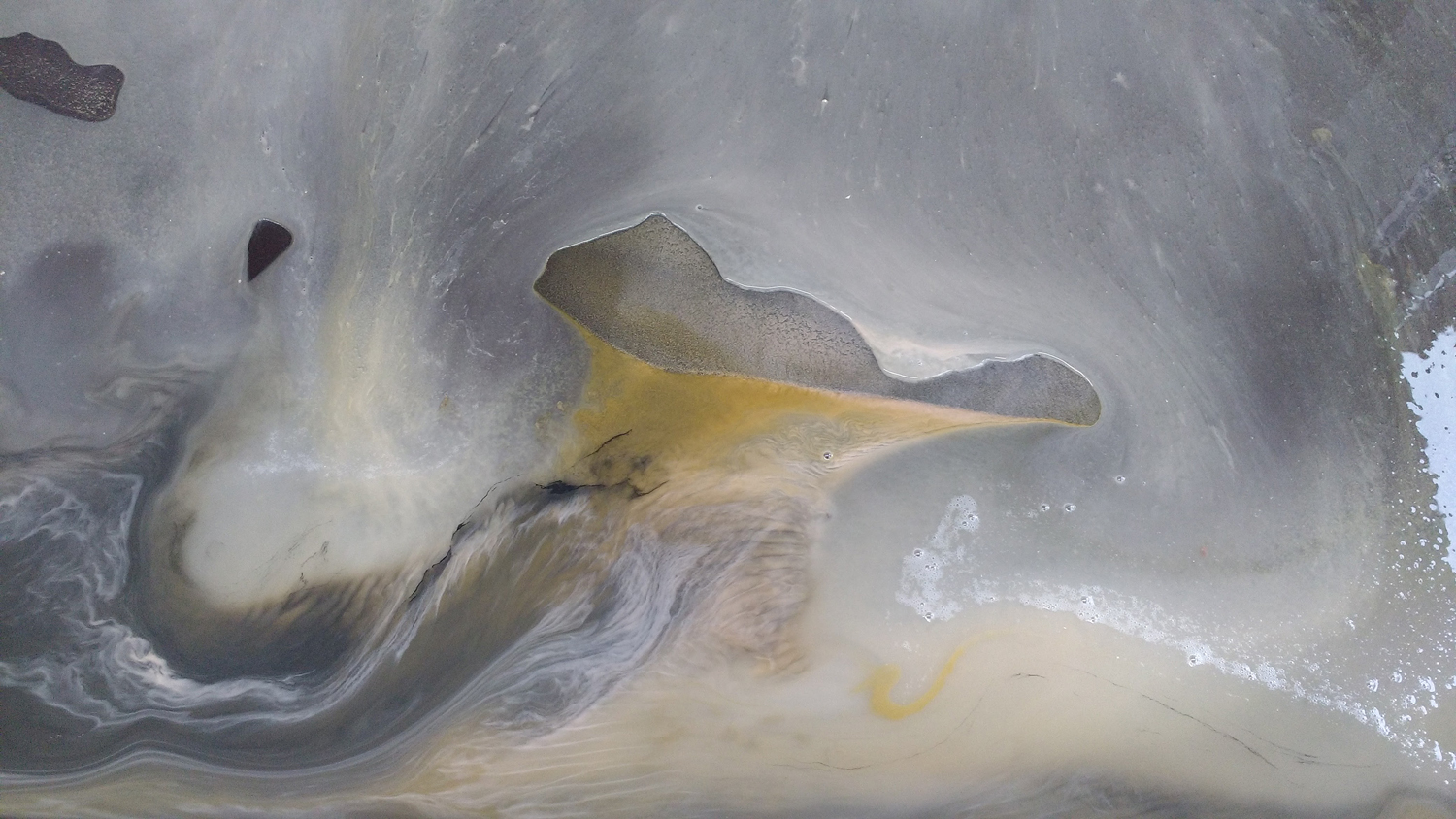



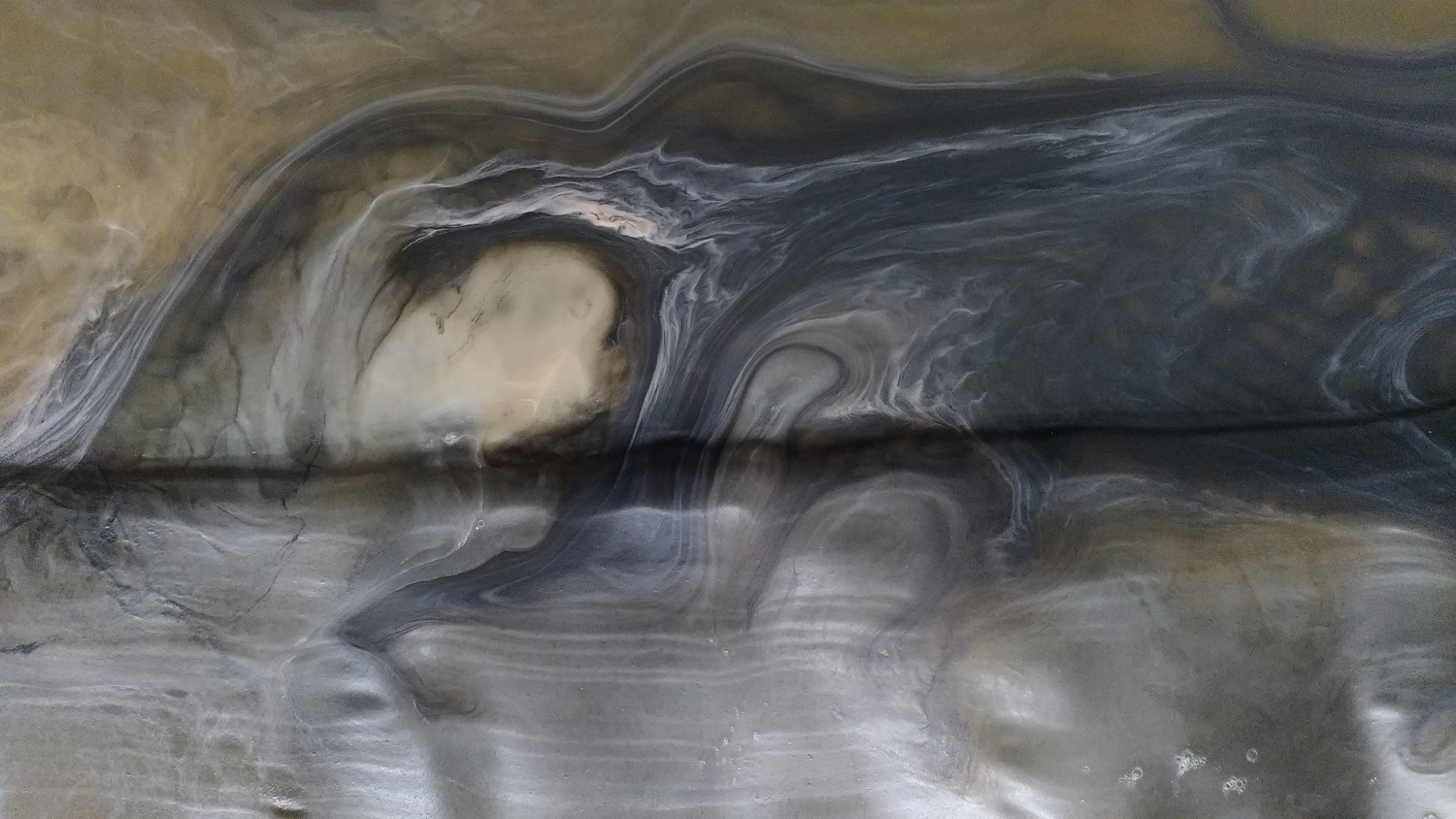
unattended worlds:

Confluence, 2017



Waterpainting, 2016
methylcellulose with bornite, pyrite, and watercolour pigments.

Medium (reconfigured), 2016 and ongoing, methylcellulose with bornite, pyrite, and watercolour pigments.
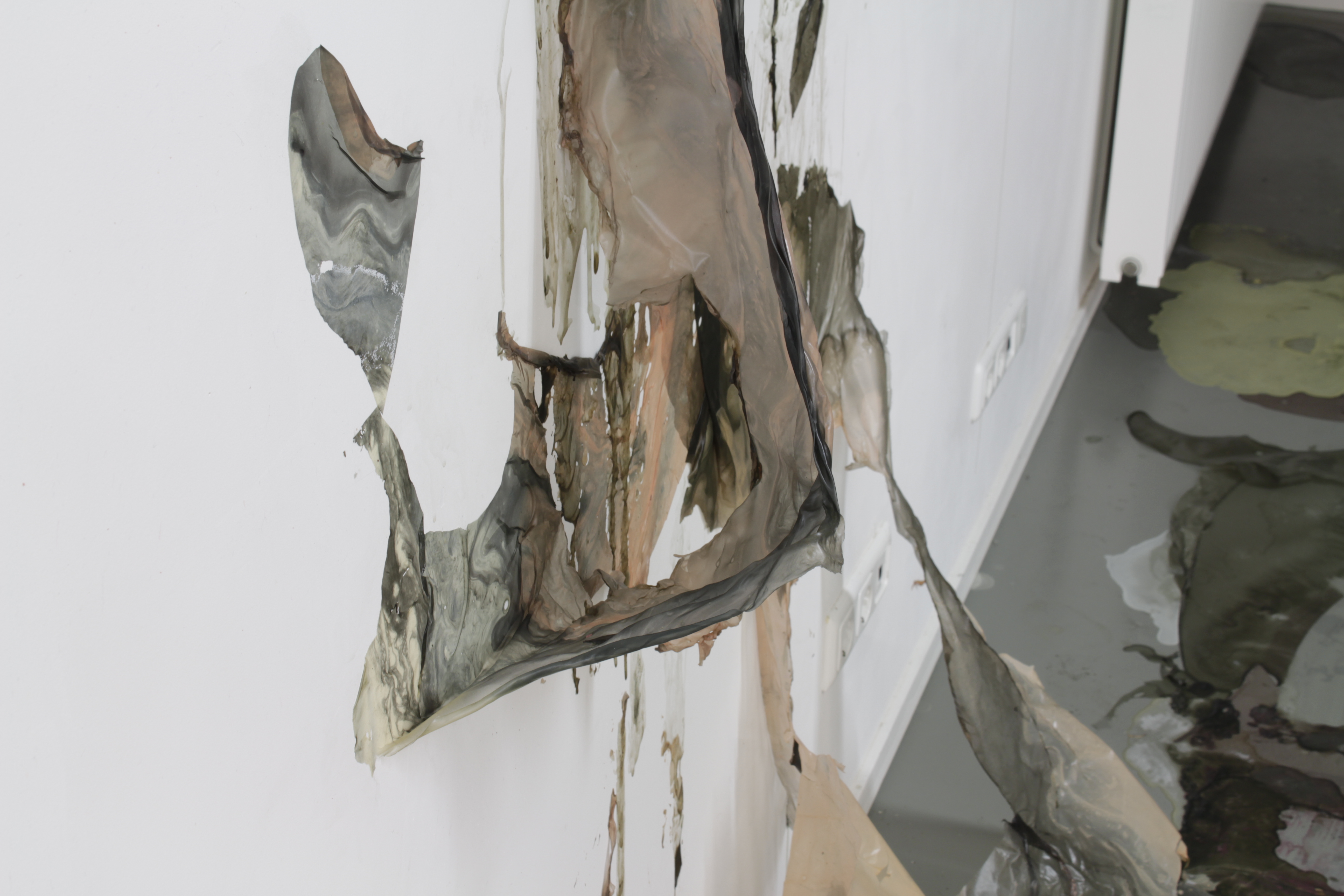
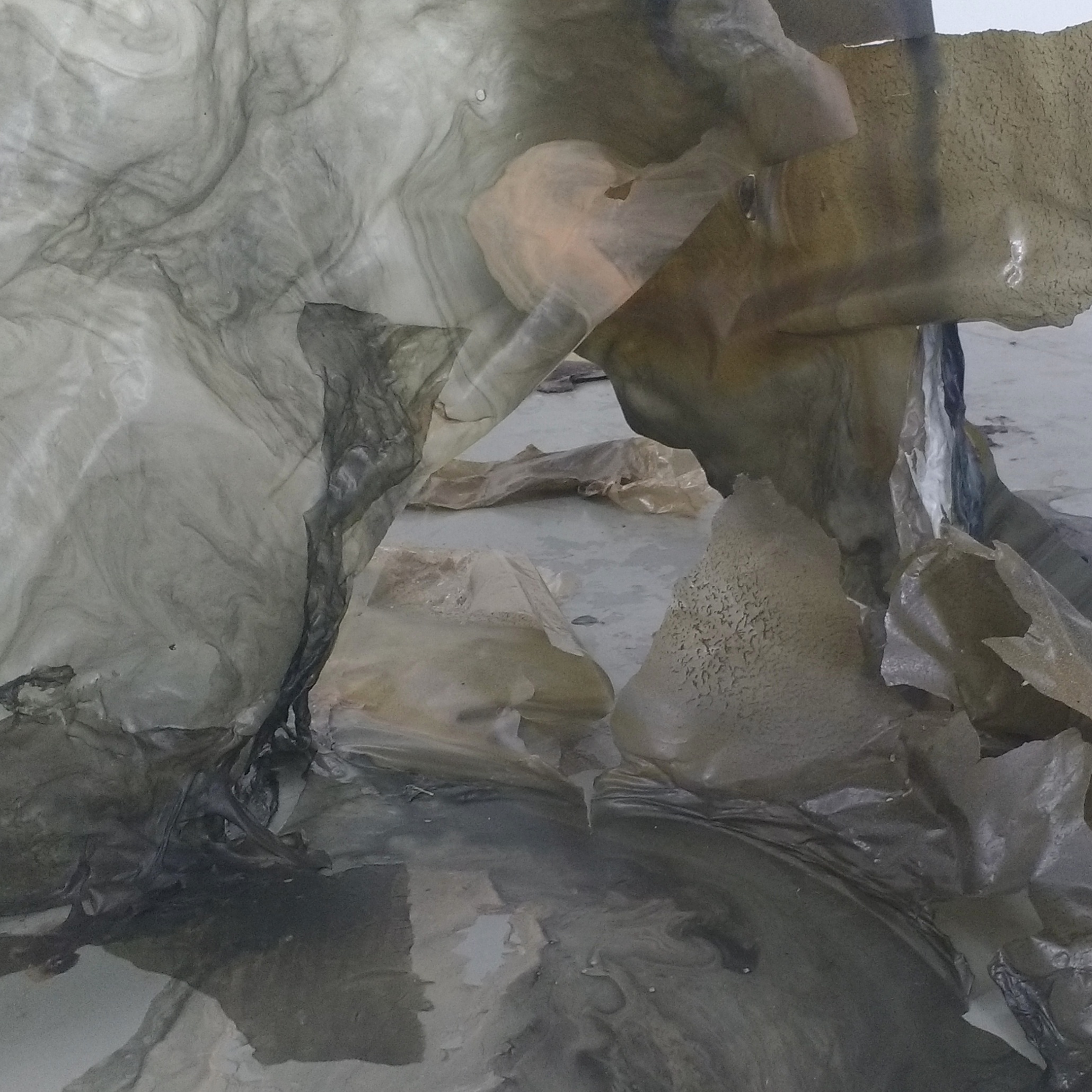



Medium (reconfigured), below
methylcellulose, with pyrite, bornite, and granite




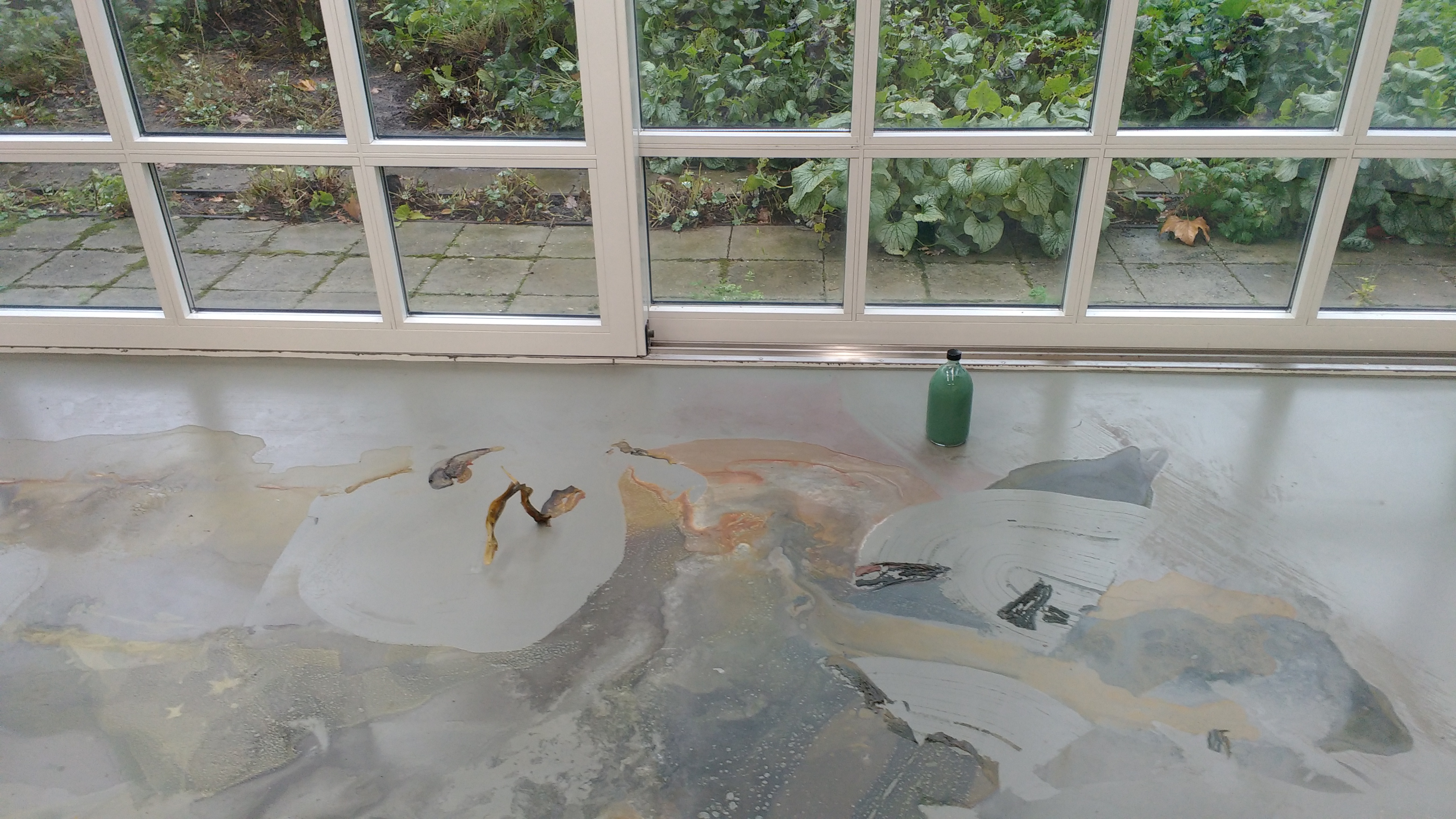


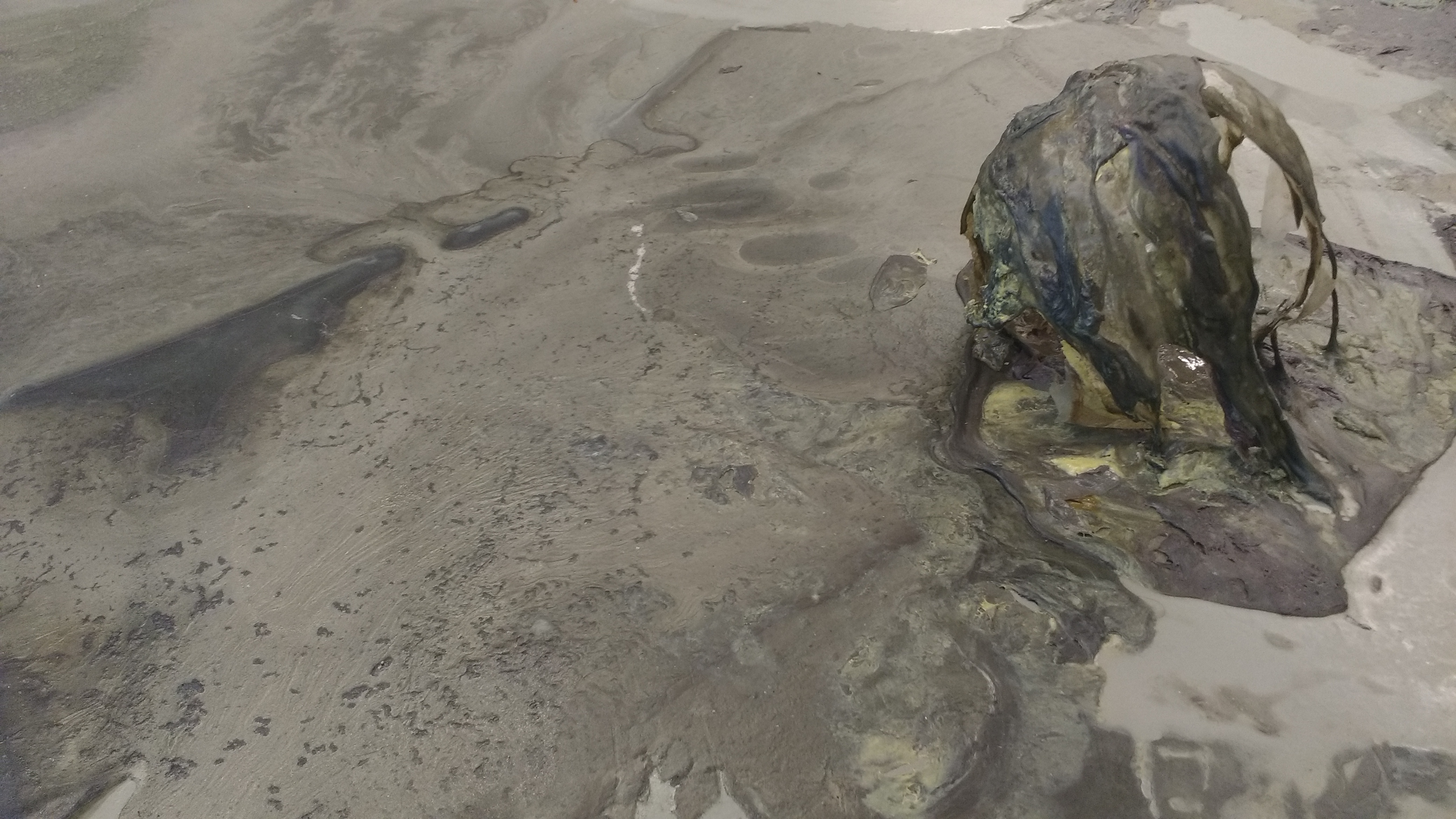

Rehydrated:

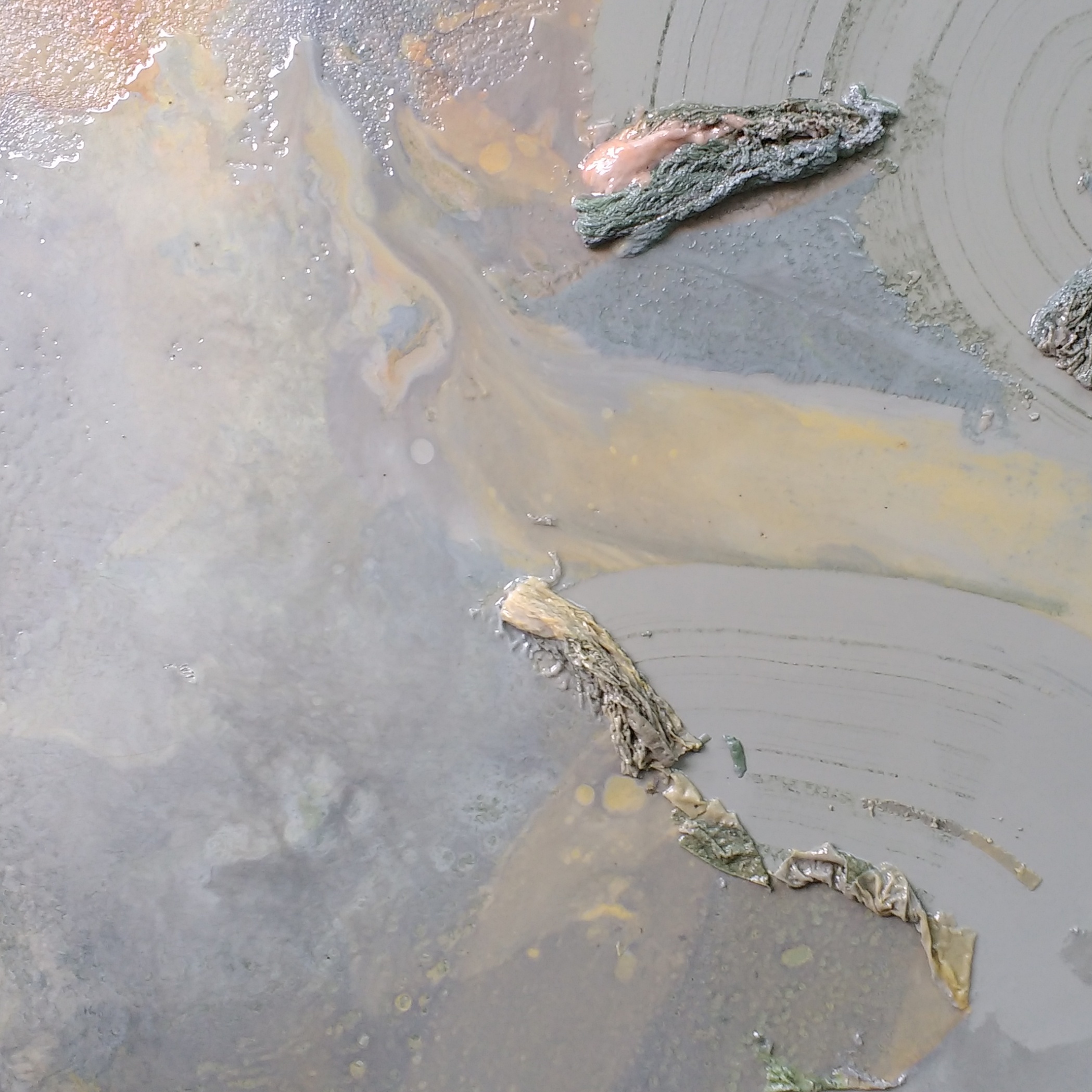


Medium, detail, July-August 2016, cellulose and pigment


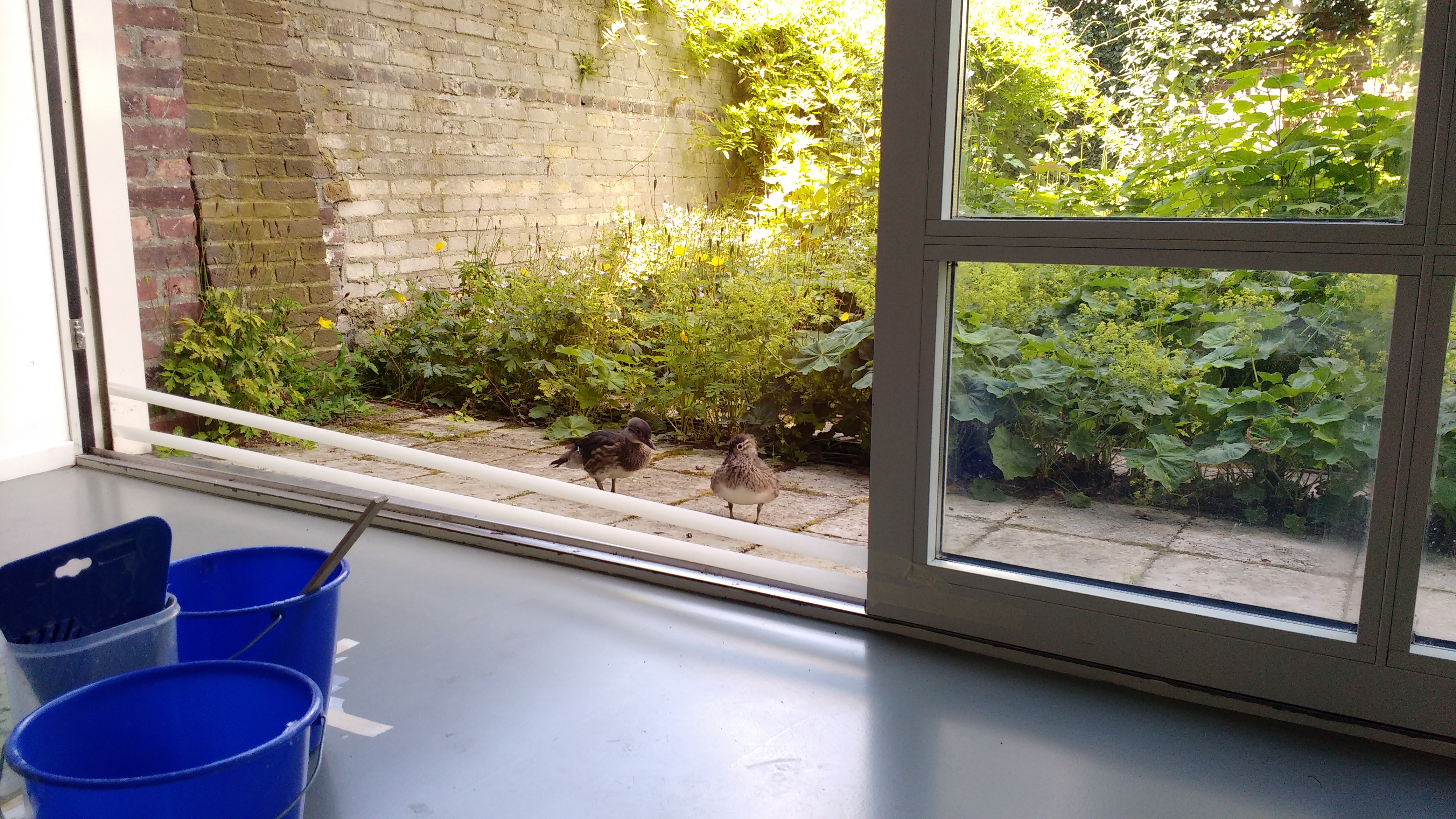
Bigger and braver ducks = high-tech security
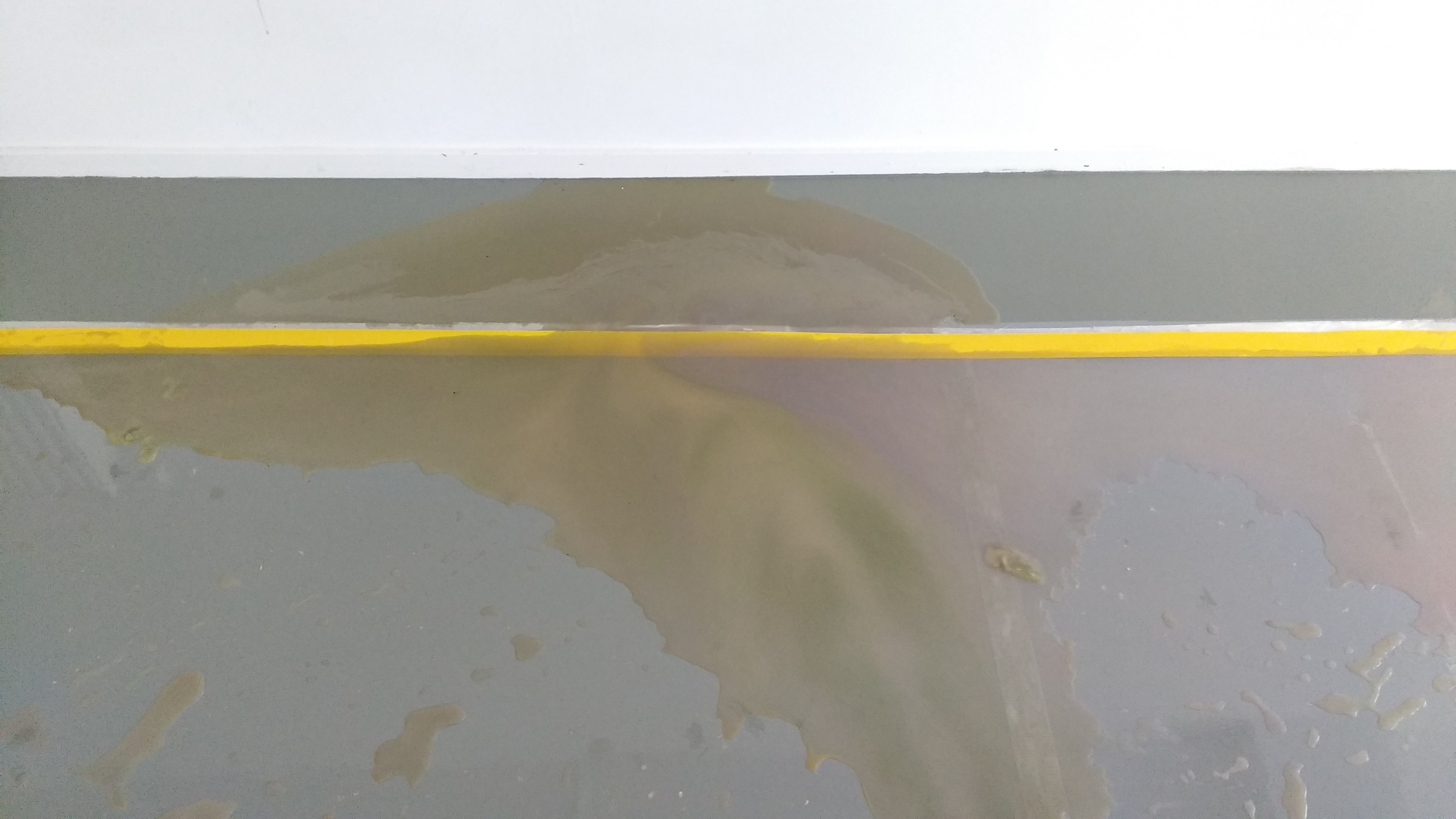
Flood plain




Painting in the door – cellulose paint experiments, Ohio, April 2016
Shared Ground with Emma Fitts: work in progress, August 2016

Camping paintings (ongoing) August 2016
During the summer of 2015 I started a series of camping paintings. At each new campsite I will adapt the tent paintings in response to the site. During the first trip, I used a Eureka kitchen tent (c1964) and attached additional pieces of custom-fitted canvas scrim. I camped at Lake Superior Forest Park and North Gemini Lake Forest Park, both on Michigan’s Upper Peninsula. January – March 2016, I worked on the West Coast of the South Island in Aotearoa New Zealand, and the West Coast of the United States, using a Eureka Draw-tite mountaineering tent (c1954). In August 2016 I worked between the Moray Coast and Isle of Harris. In December 2018 and January 2019 I worked in Kahurangi National Park. At first these locations were based around where I was living and could easily drive to – I had been applying for dozens of open-call residencies and exhibition opportunities without success and was keen to create my own residency. I became interested in the settler-colonial histories of “the West” in both the United States and Aotearoa New Zealand, my own family origins on the Moray Coast of Scotland, and the oceans that connect those coastlines.
Camping Paintings is informed by parallel histories of plein air painting—popularised within the leisure-time of modernism—alongside markers of the anthropocene. Current thinking reassembles landscape: from something to be consumed toward something we are a part of—not apart from. Camping Paintings involves personal investigation of what it means to be in a particular site or situation via the medium (and shelter) of painting. Working on this project, I researched histories of camping as a settler-colonial practice, and as part of transitory modes of living or surviving. More personal narratives include my grandmother’s painting practice. Often unfinished small-scale plein air works made while watching children: riverbanks, beaches, backyards. An intimate and lifelong engagement with the North Otago landscape, not valued within a national art world, she exhibited at the North Otago Art Society, at home, and through home-made greeting cards.
I began Camping Paintings in 2015, a time where consciousness of climate change had become material. Perhaps since 2011, people have been experiencing climate change personally, intimately, within the weather systems that move through their landscapes.
Camping Painting is adaptive at the level of its internal composition and how that intersects and interacts with the external one—the immediate landscape—and within the frame of the camera. With heightened sense of physical exposure, the composition also adapts to changing conditions like light and wind.
Camping Paintings happen over time, painted three and four-dimensionally, with multiple perspectives.
This is an ongoing project and I’ll update this page after future trips.
Moray Coast, Harris Isle and Lewis Isle, Scotland
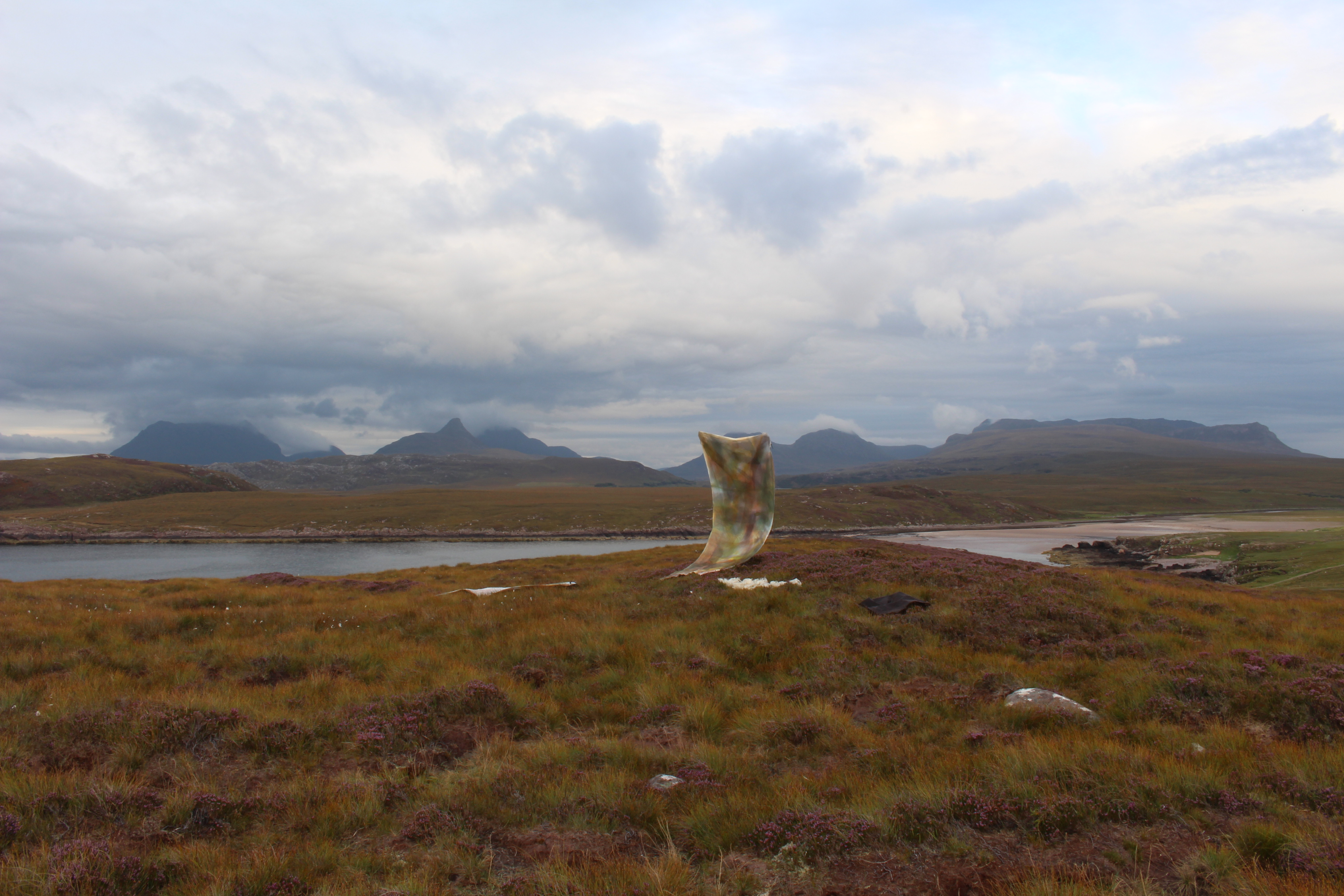

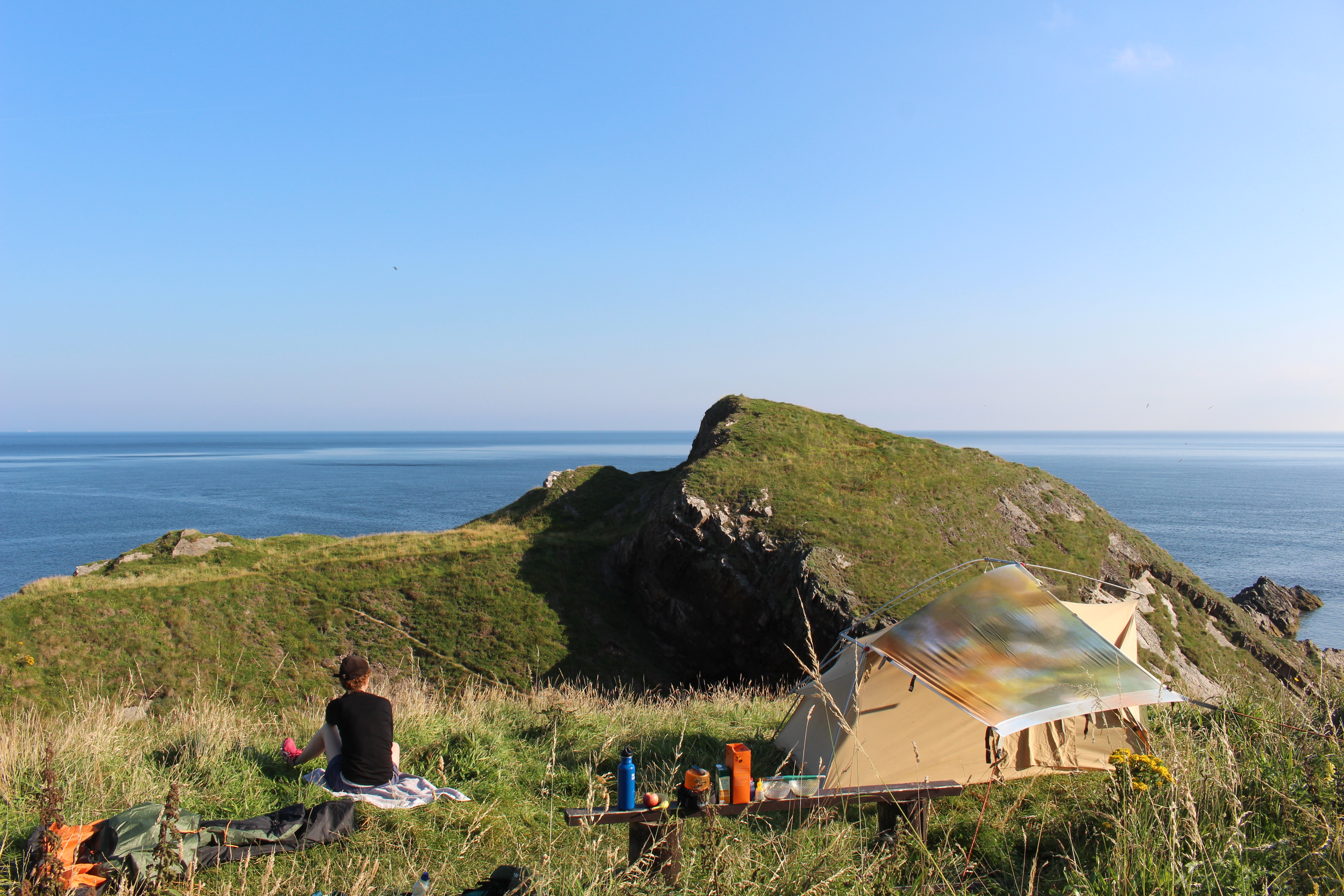
Bow Fiddle Rock near Cullen, Moray Coast

Roseisle Sand Dunes, Moray Coast
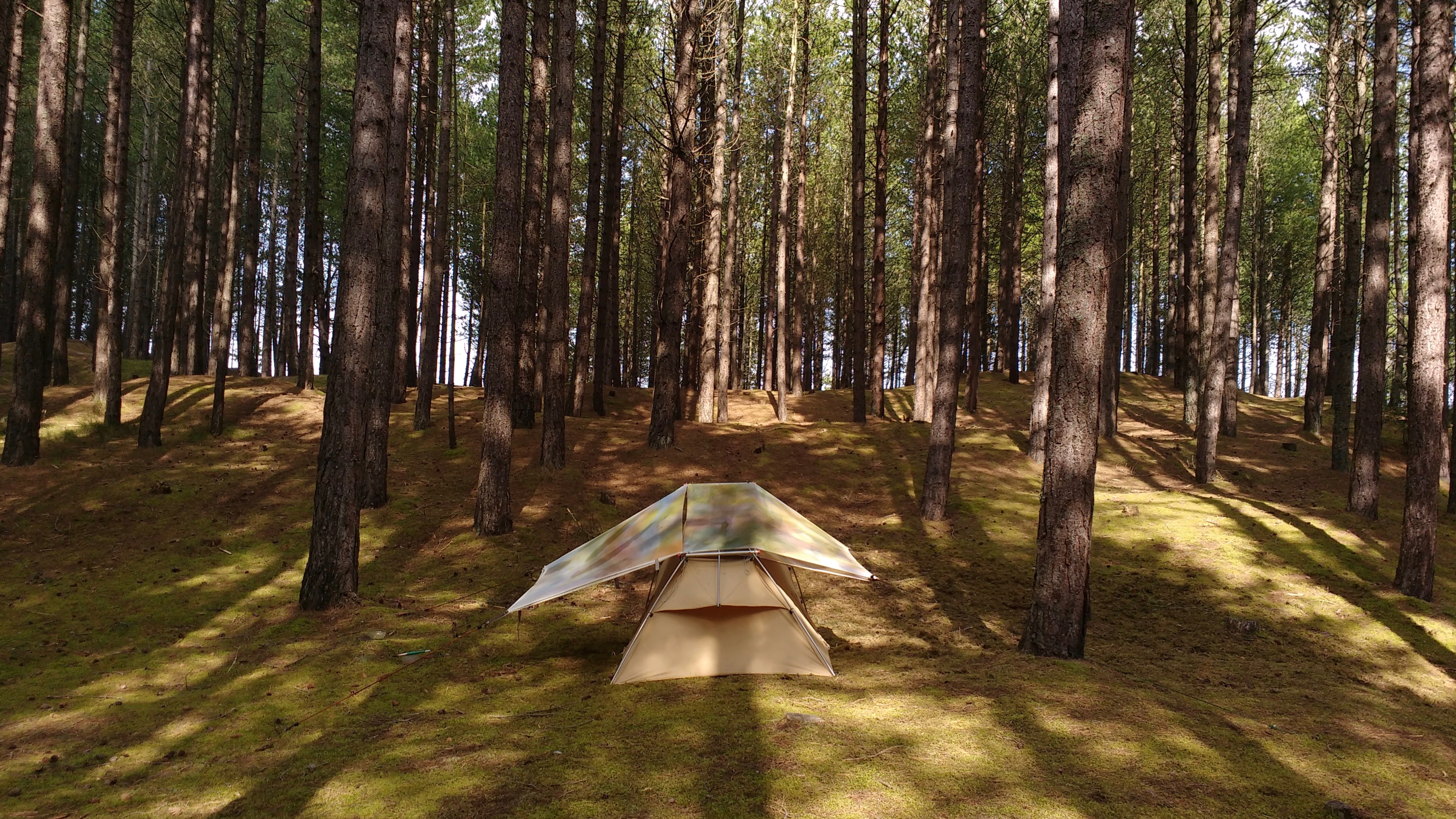
Roseisle Sand Dunes, Moray Coast
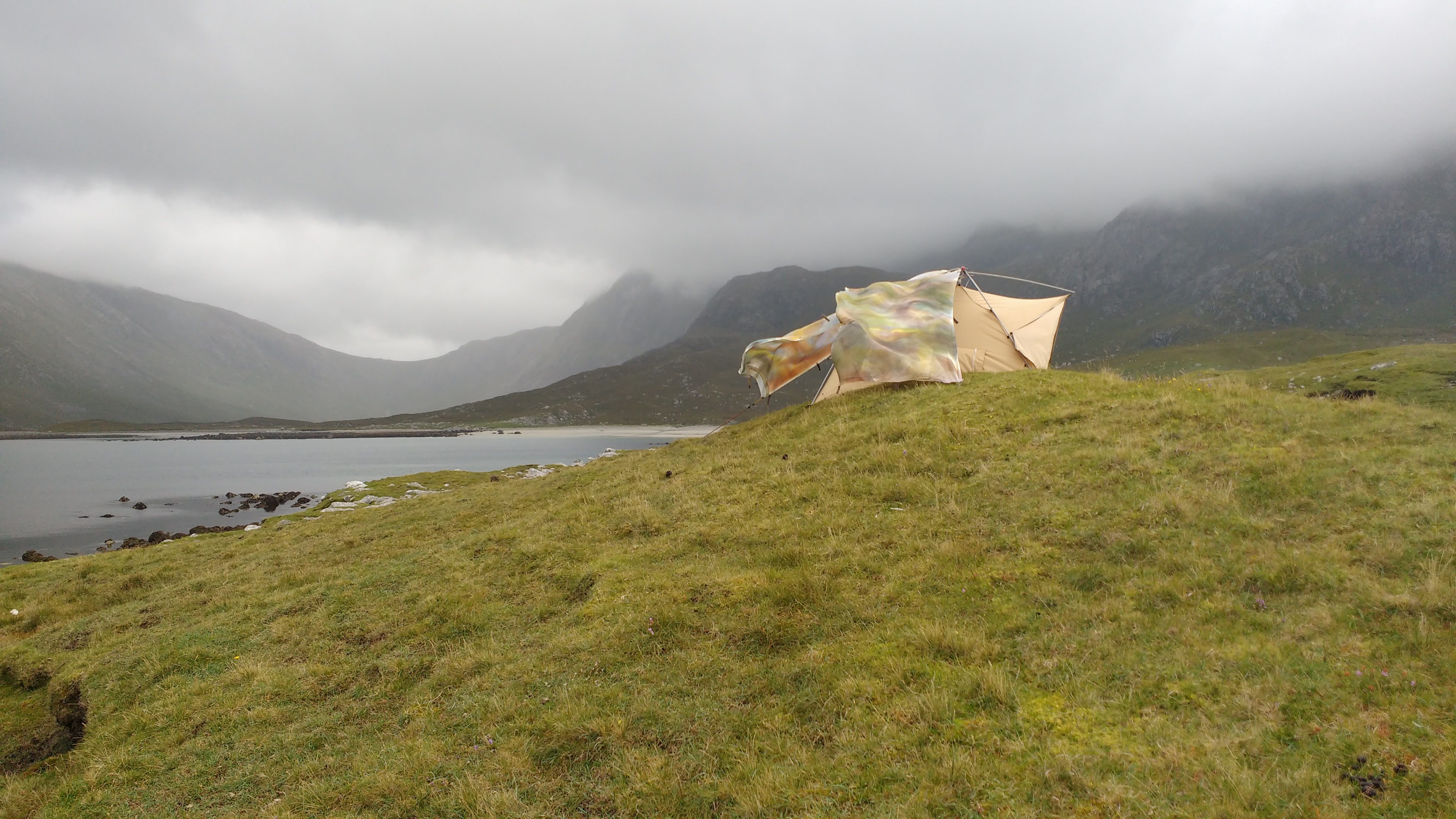
Near Huisinis, Isle of Harris
March 23 – 24 2016
Cape Blanco, Oregon, USA


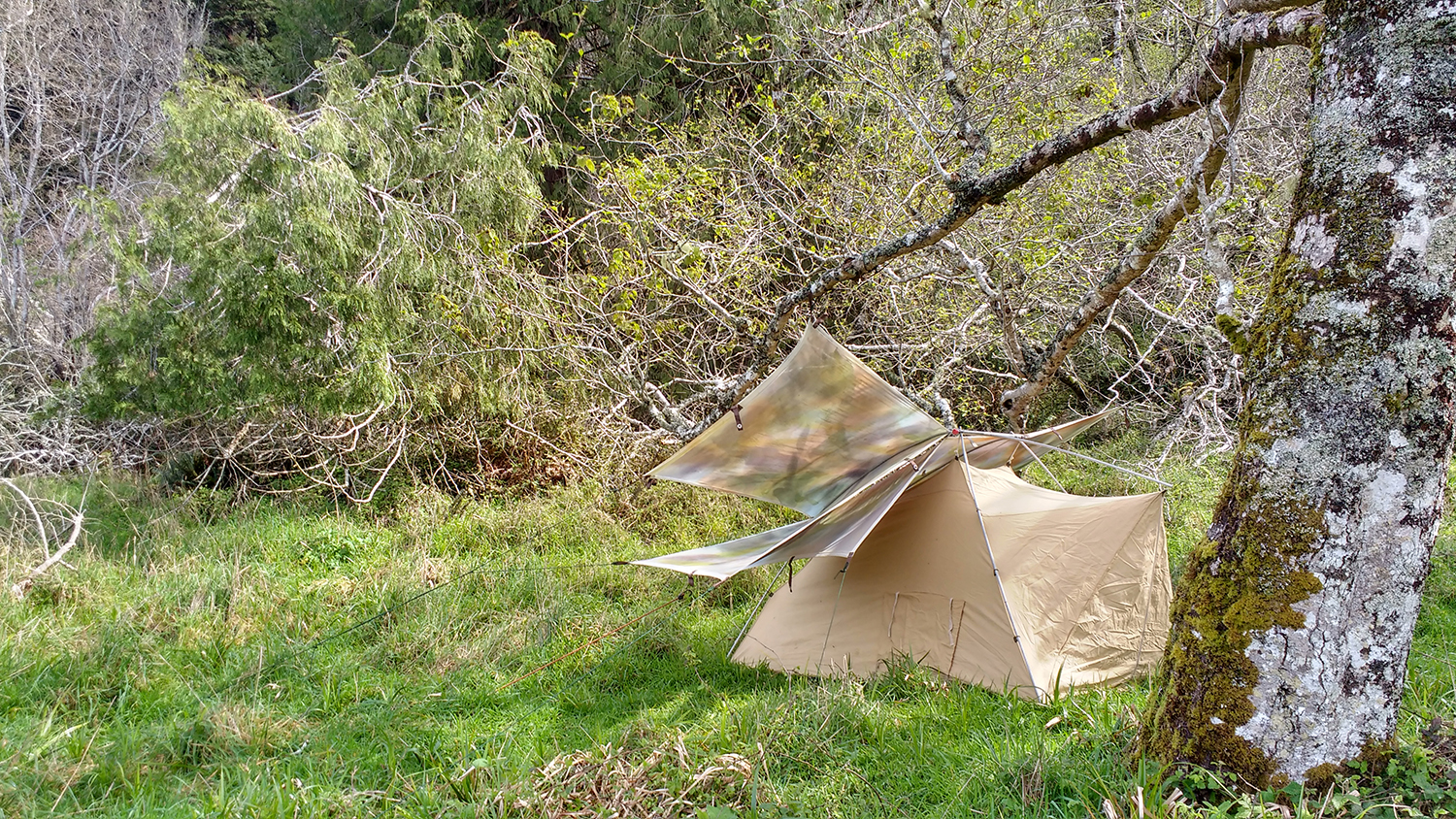
 Gorsey / Gorsea (Ulex Europaeus) – colonizer extraordinaire, Cape Blanco, Oregon
Gorsey / Gorsea (Ulex Europaeus) – colonizer extraordinaire, Cape Blanco, Oregon
March 18 – 19 2016
Salmon River Trail, Mt Hood, Oregon, USA


March 15 – 16 2016
Mt Tom Creek, Hoh River Trail, Washington, USA

February 23 – 26, 2016
Spanish Flat, Lost coast Trail, Northern California, USA



February 14 – 17, 2016
Buck Creek, Lost coast Trail, Northern California, USA


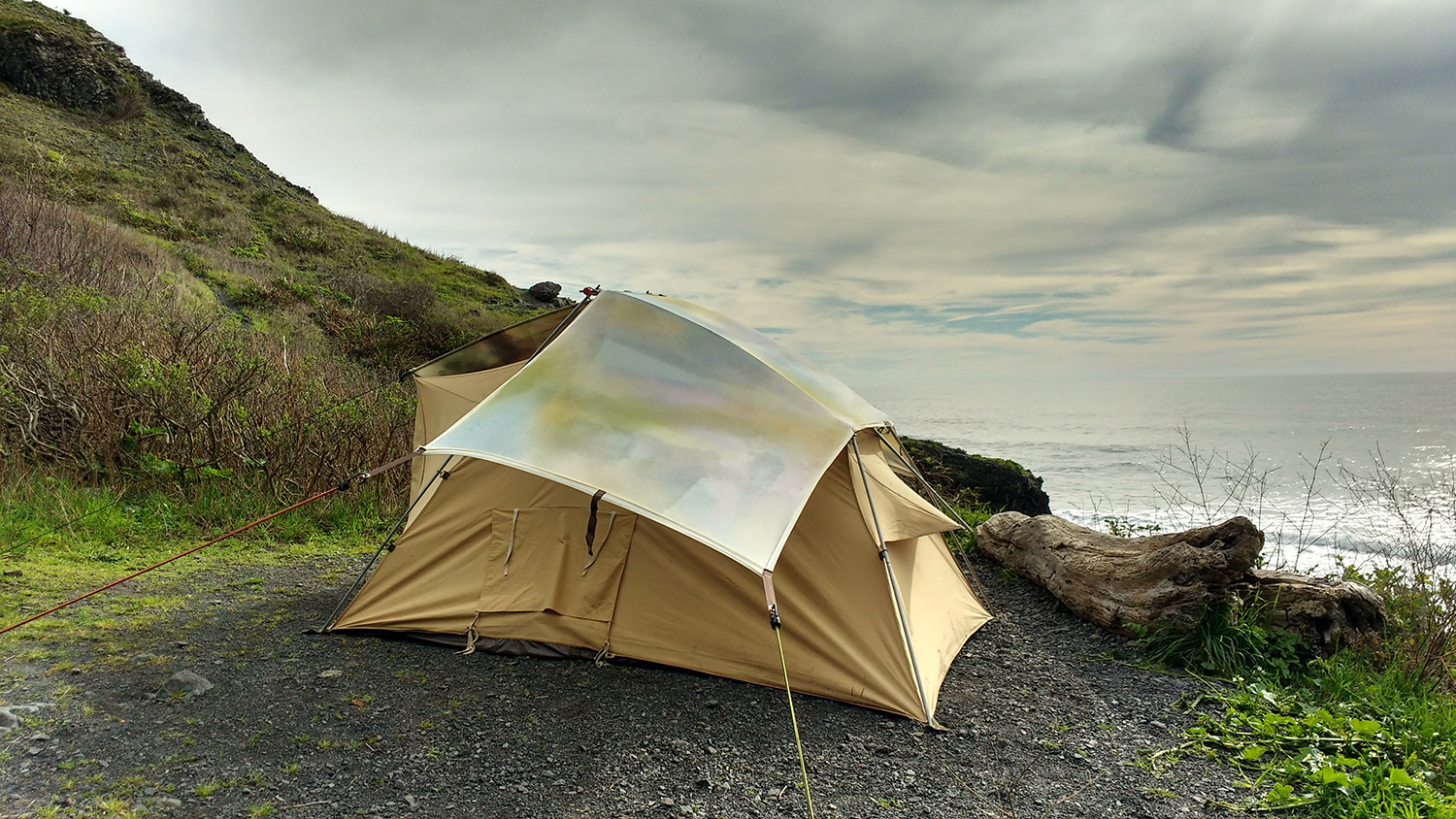
January 23-24, 2016
Lake Daniell, Lewis Pass, Aotearoa New Zealand
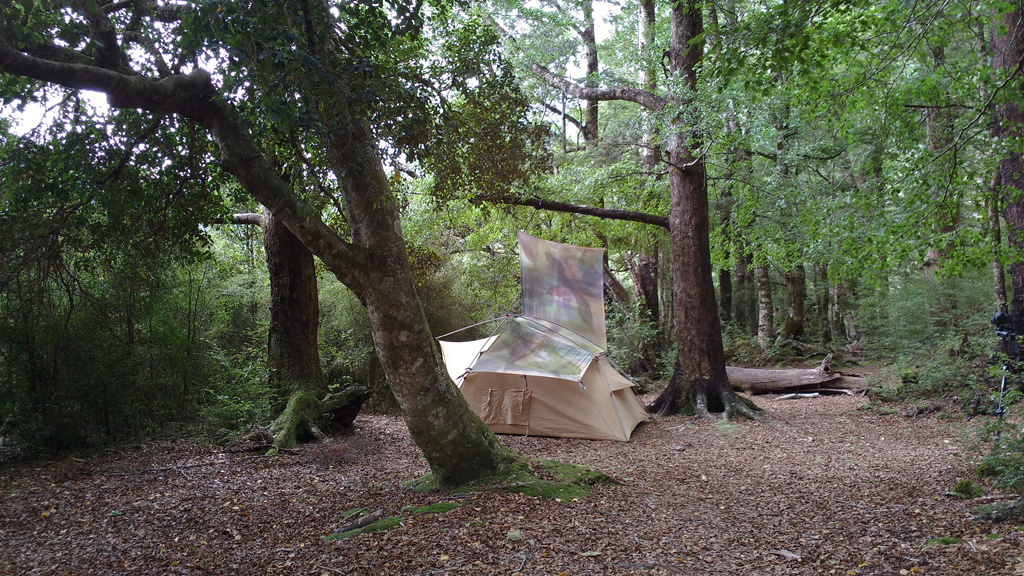



January 20-21, 2016
Blue River (Blowfly) Hut, South Westland, NZ


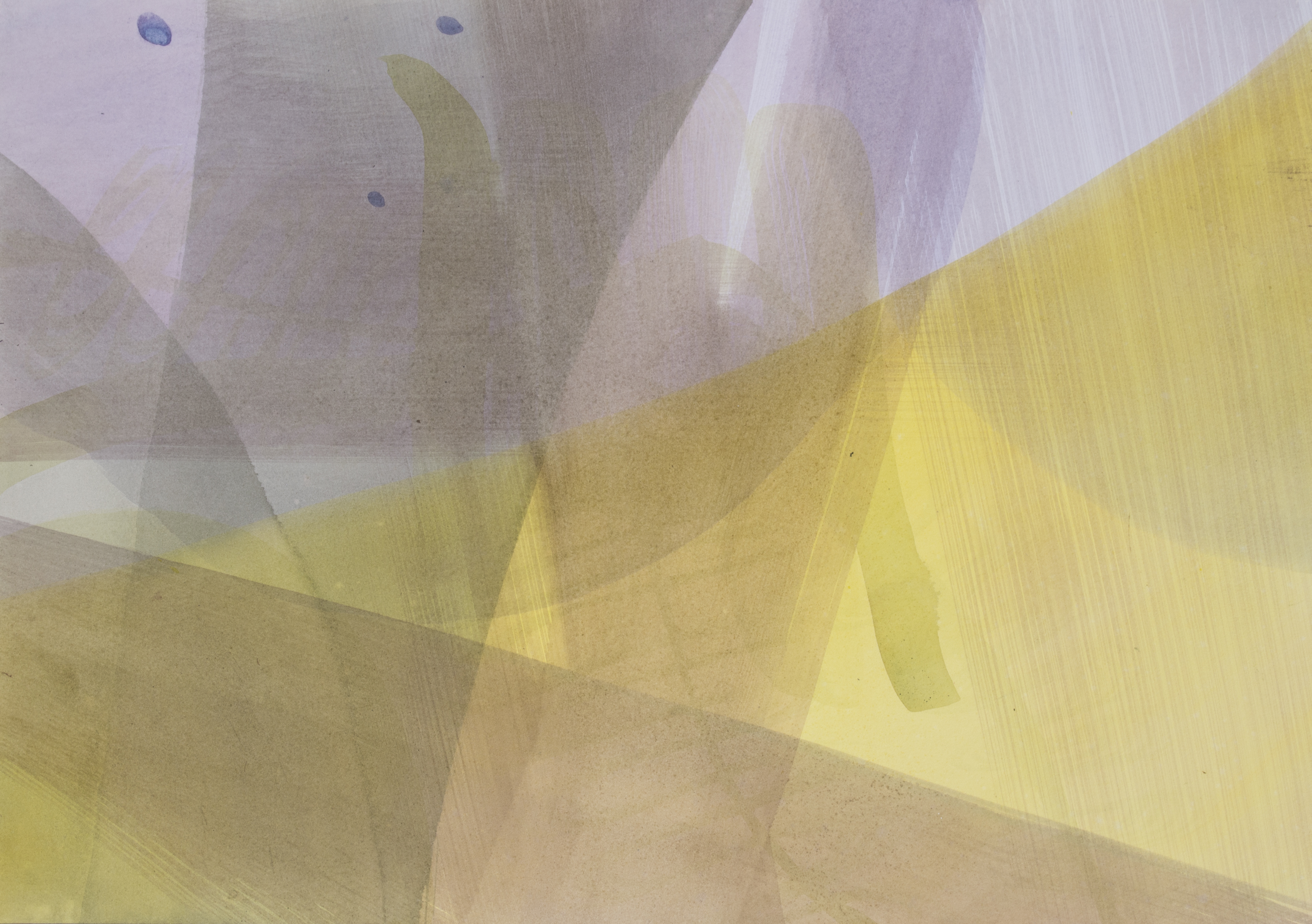
CAMPING PAINTINGS, July 2015 – ongoing

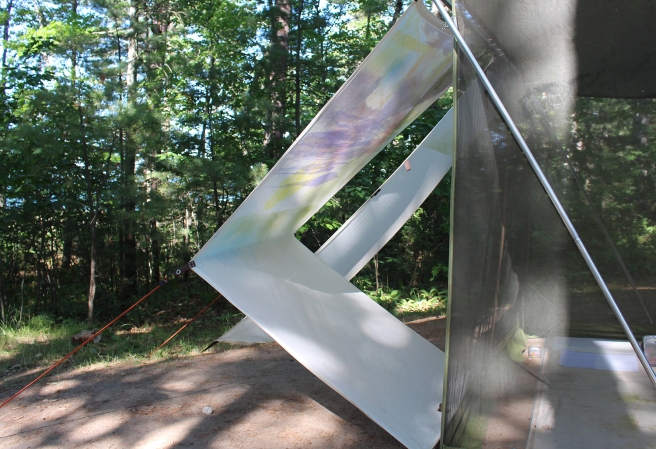

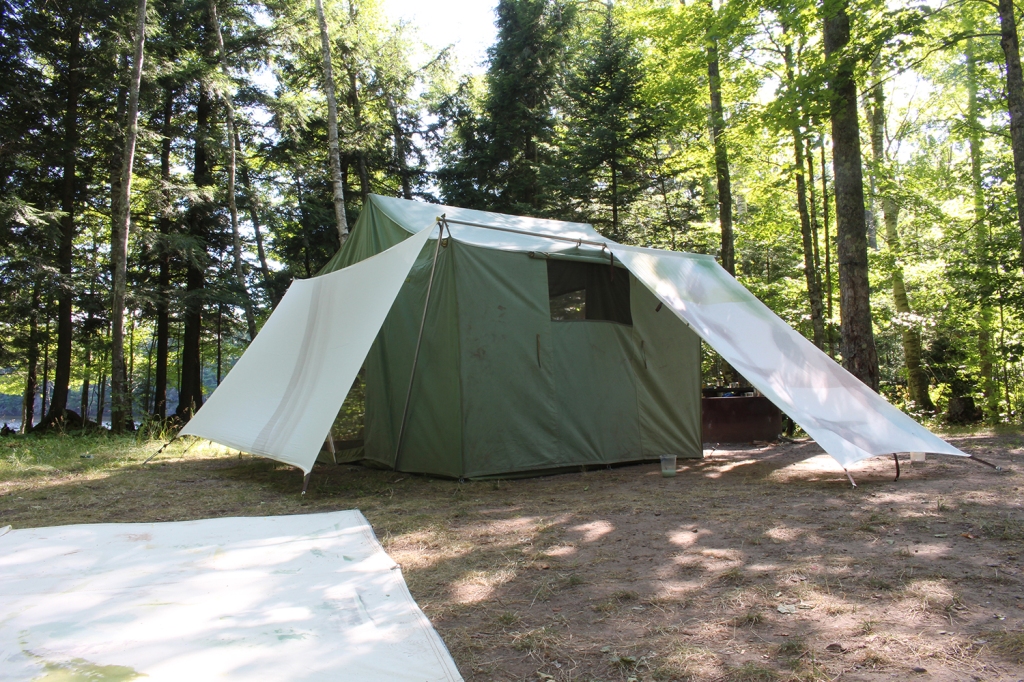 North Gemini Lake Forest Park in Michigan’s Upper Peninsula
North Gemini Lake Forest Park in Michigan’s Upper Peninsula
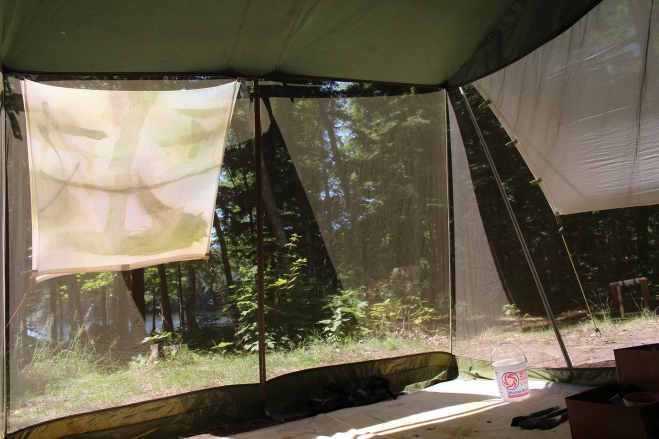
North Gemini Lake Forest Park in Michigan’s Upper Peninsula
Ox-Bow School of Art summer arts faculty residency, July 2015.
During the residency I sewed canvases to stretch from the Camping Paintings tent, and I also made paintings on paper.

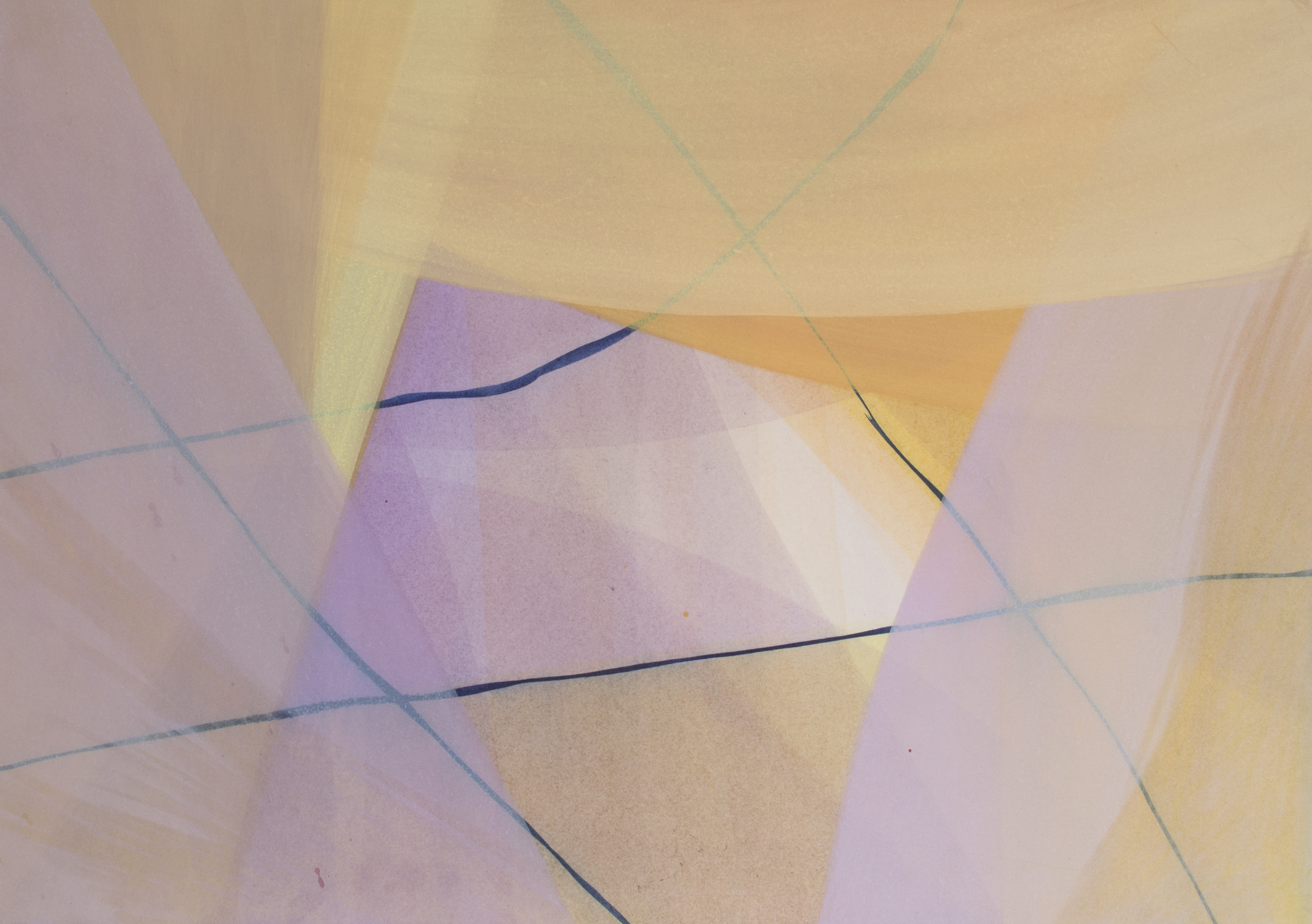




Field Recordings, Simon Ingram, Patrick Lundberg, and Raewyn Martyn
The Physics Room, Christchurch, NZ
February 21 – March 21 2015
http://physicsroom.org.nz/exhibitions/field-recordings
Exhibition essay by Rachel O’Neill: http://physicsroom.org.nz/media/uploads/2015_06/RachelONiell_Fieldrecordings_1.pdf
Work in progress, January 2015 (above)
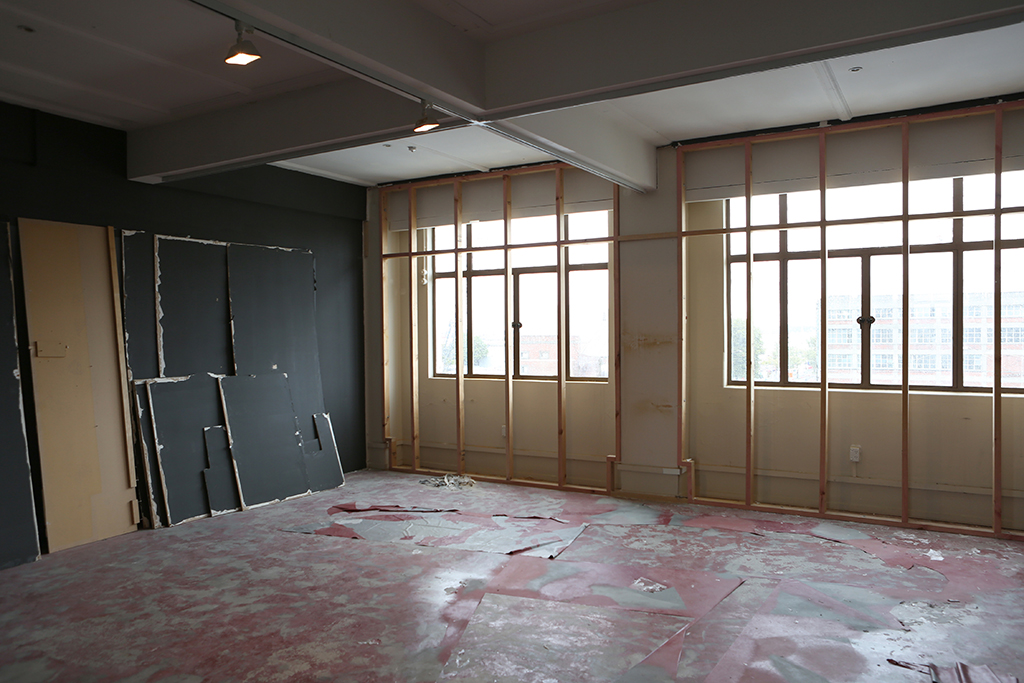 Images credits Daegan Wells (above)
Images credits Daegan Wells (above)
In Formation, Sara Black and Raewyn Martyn, Harper College
October 2014













